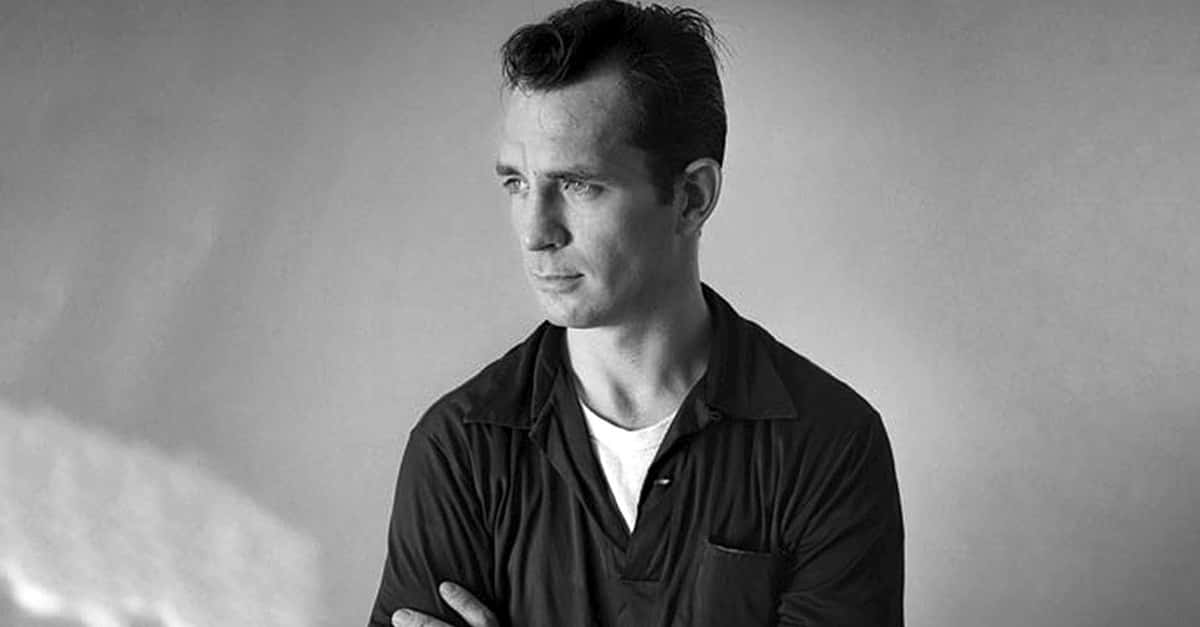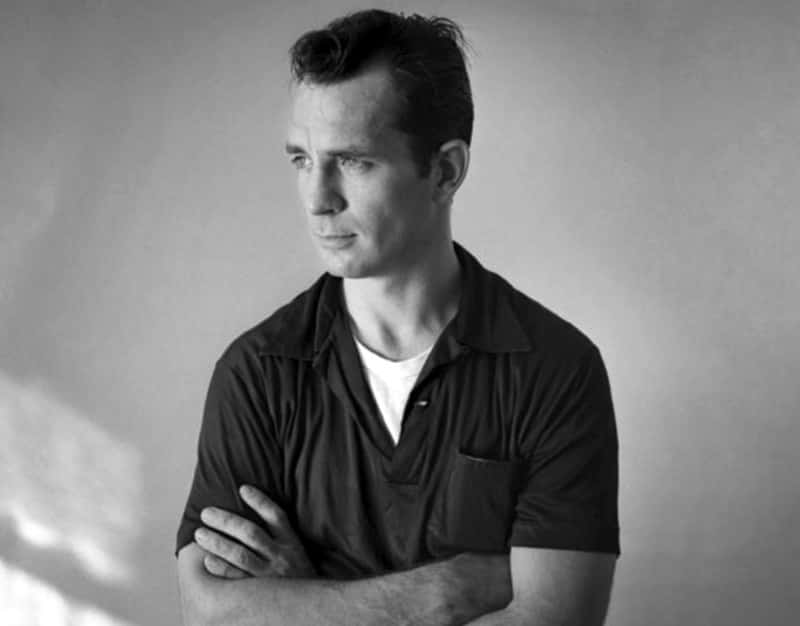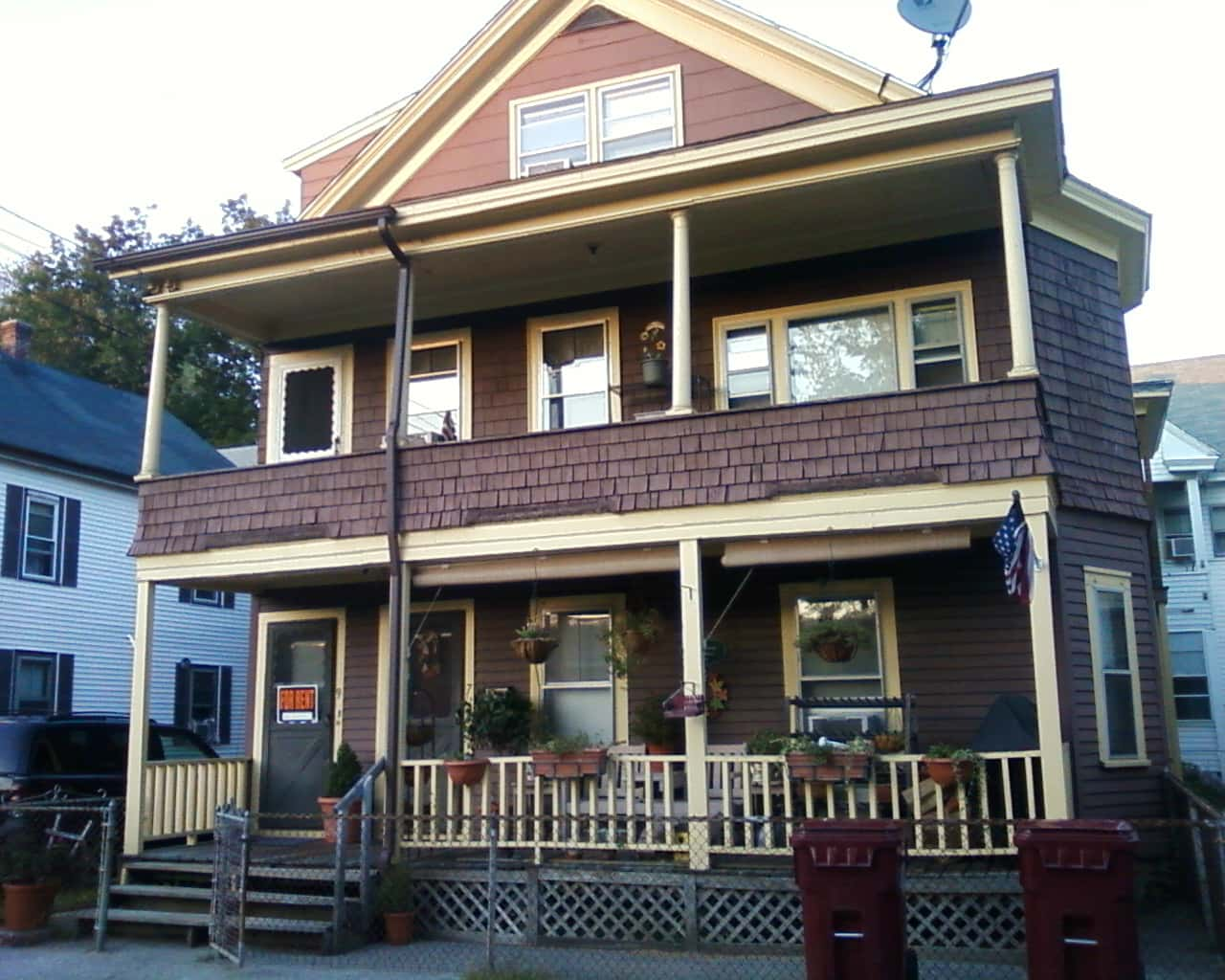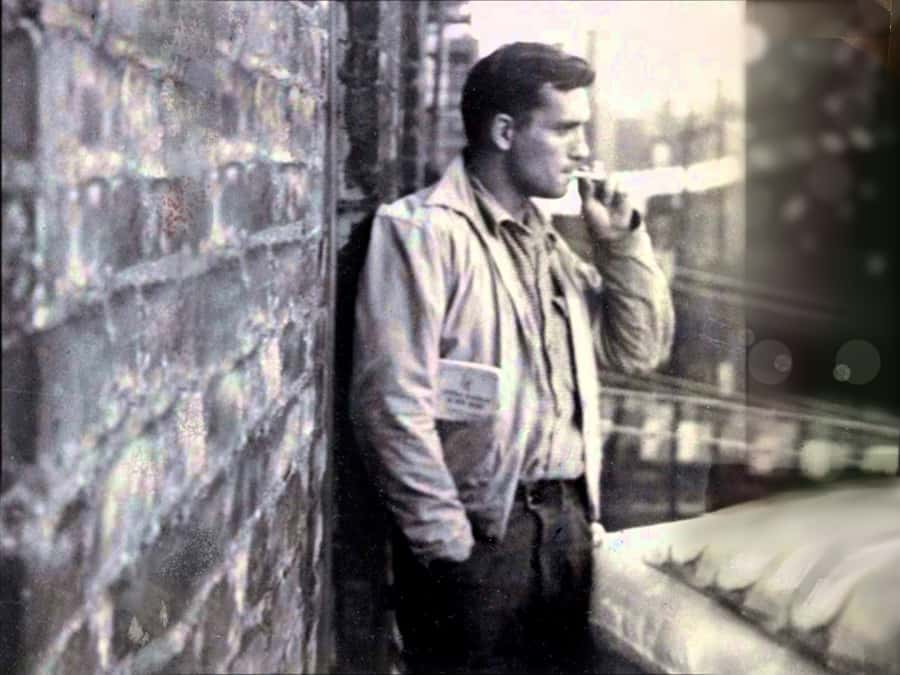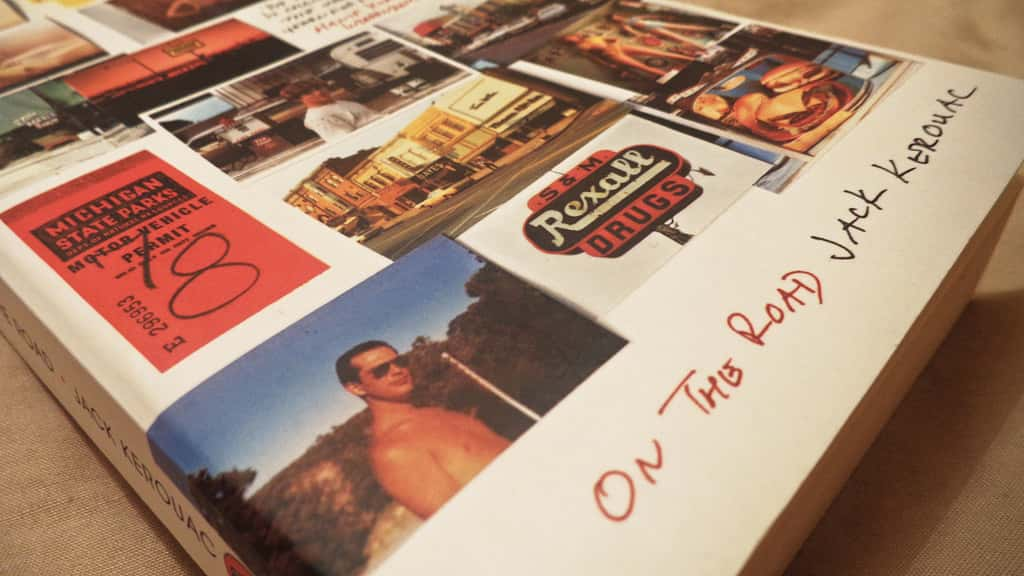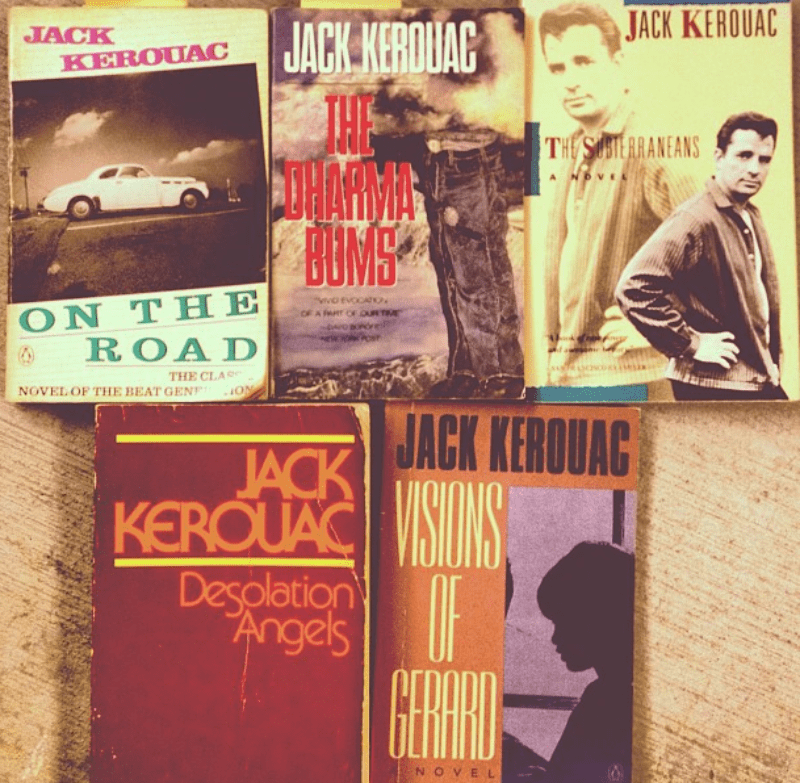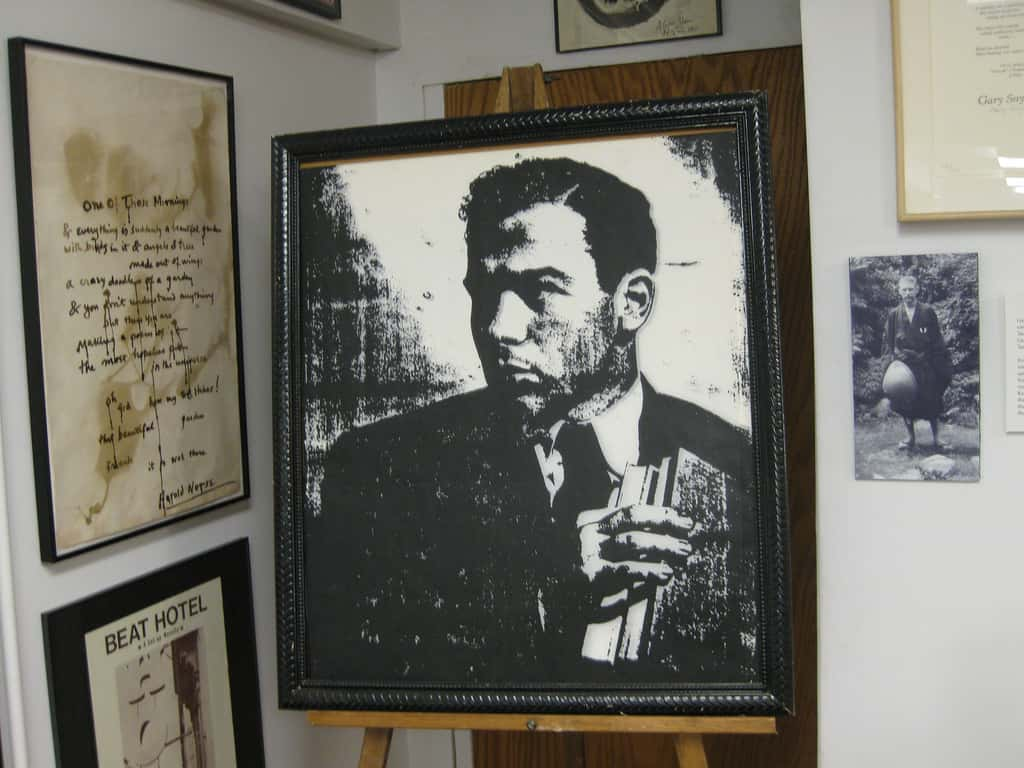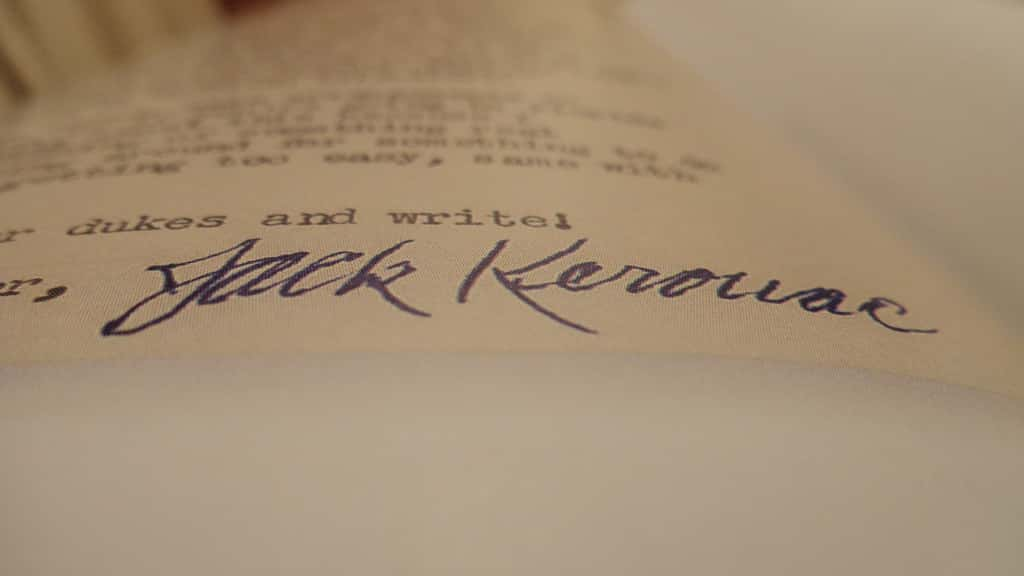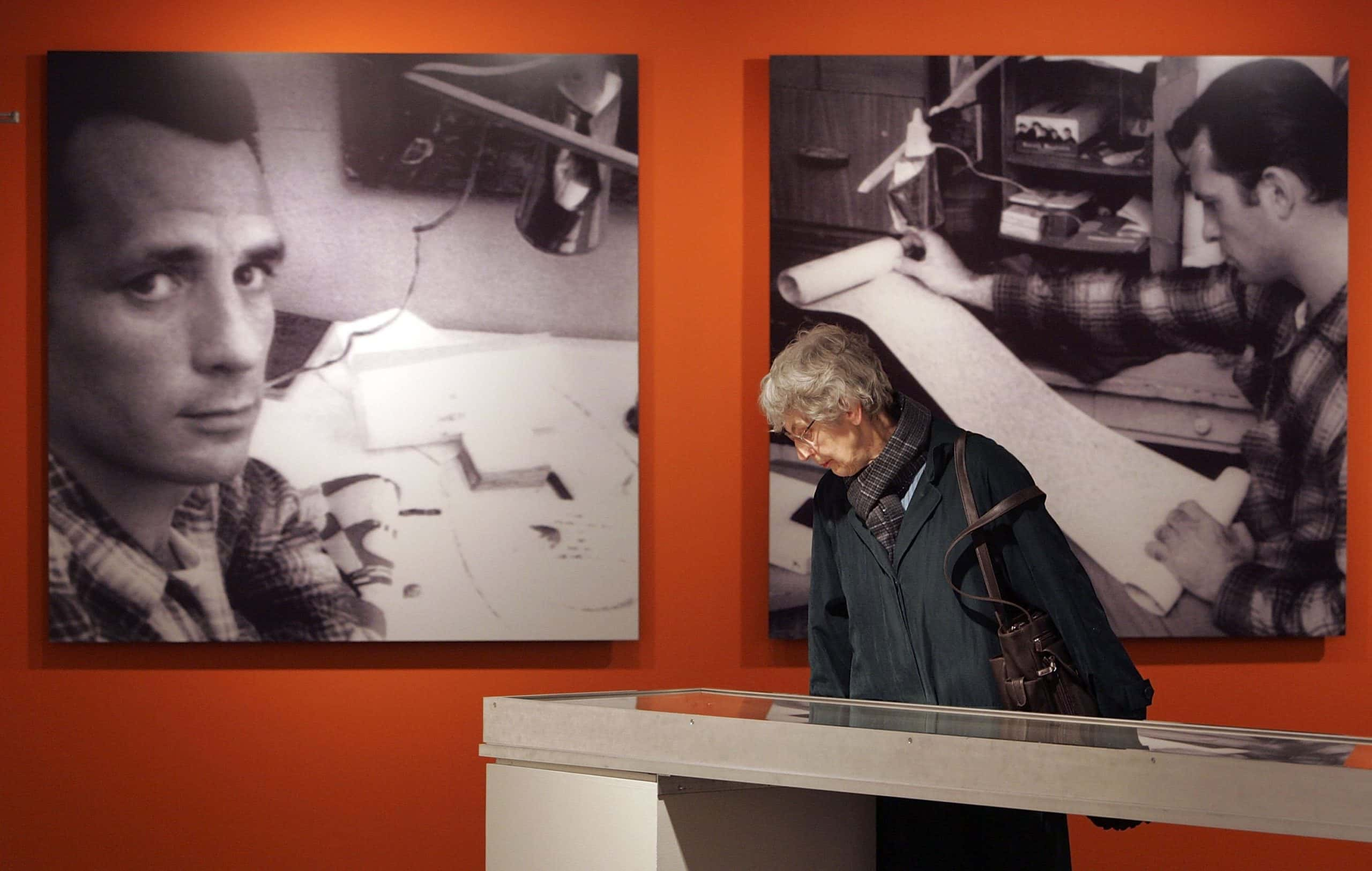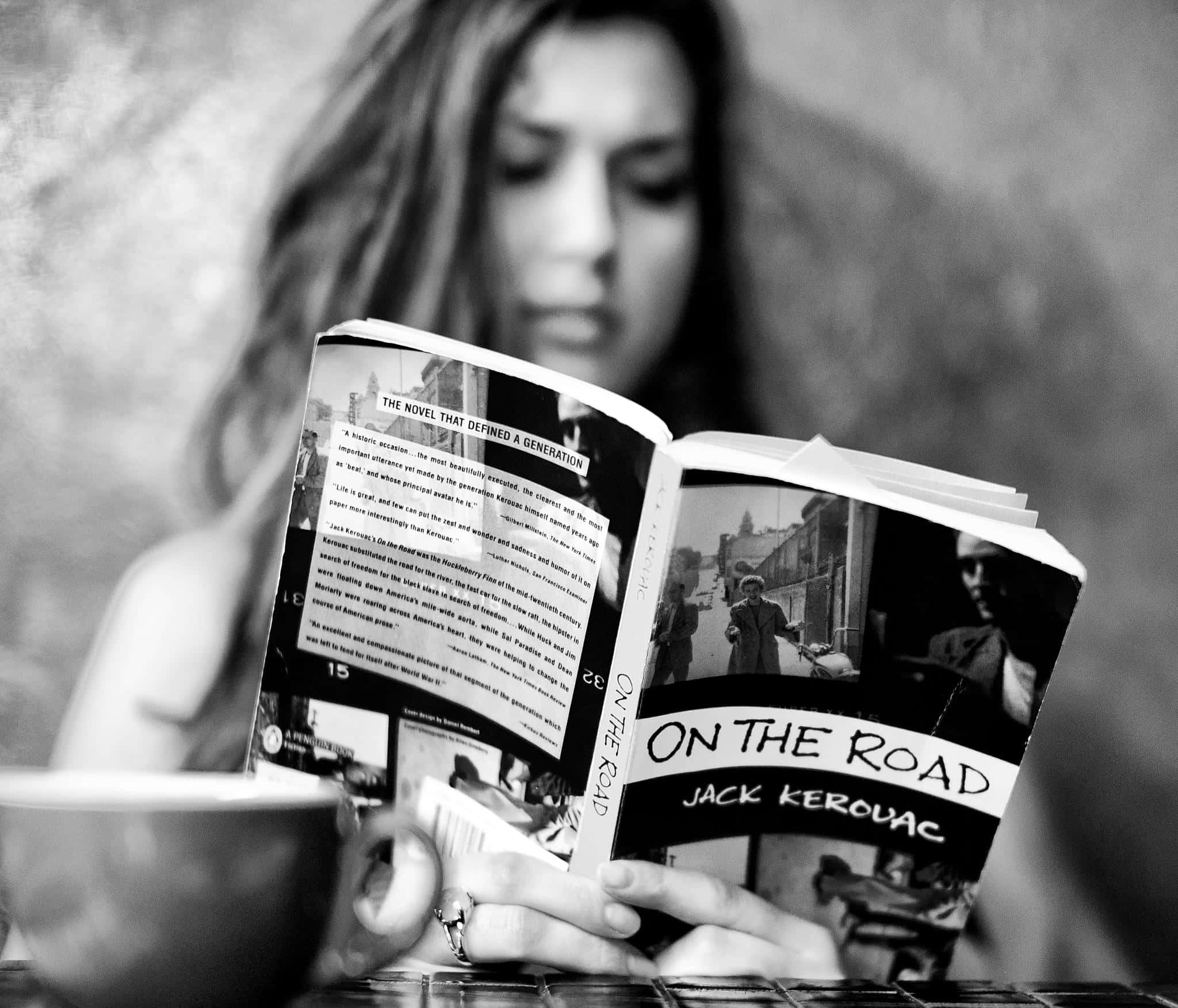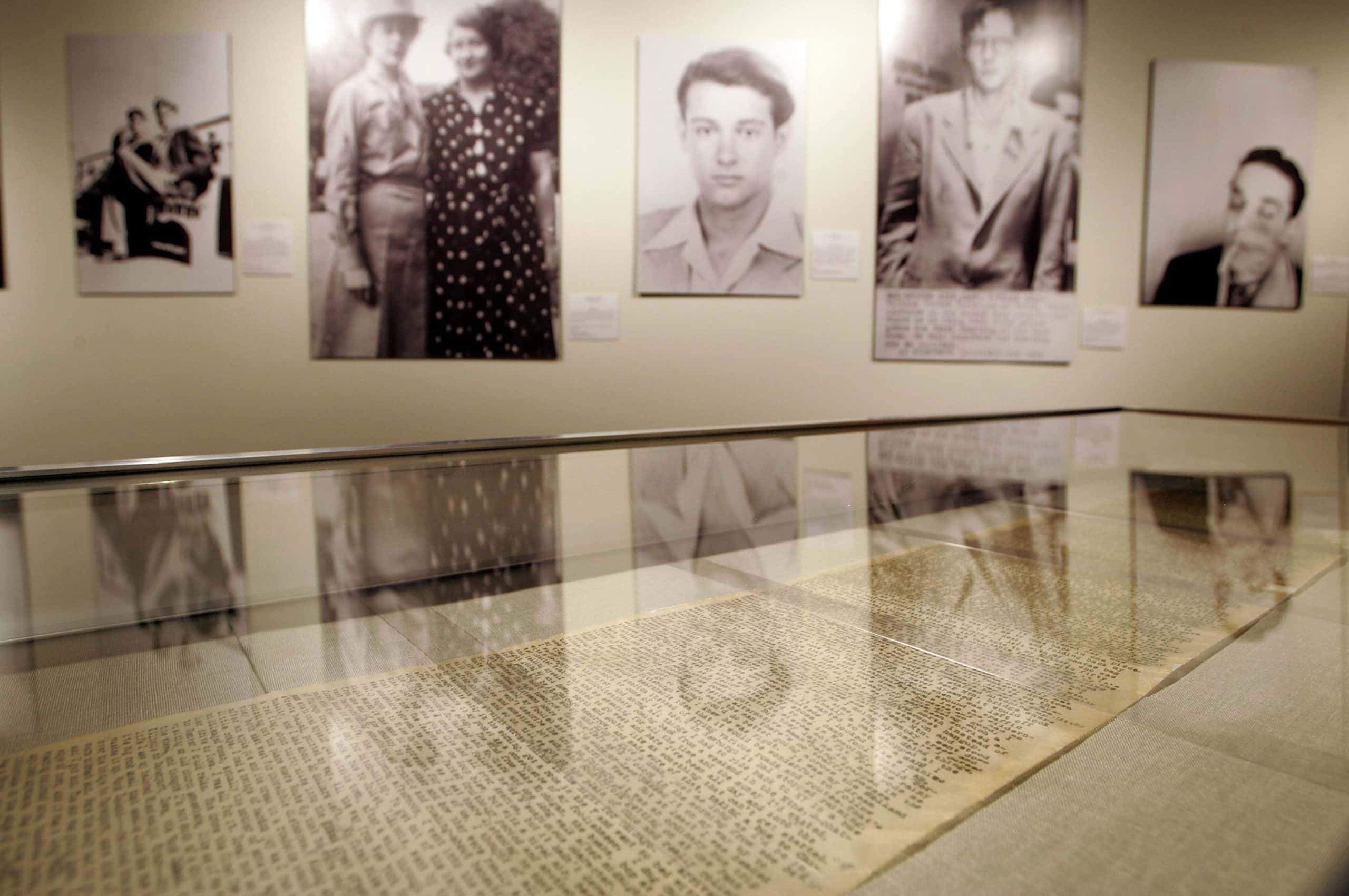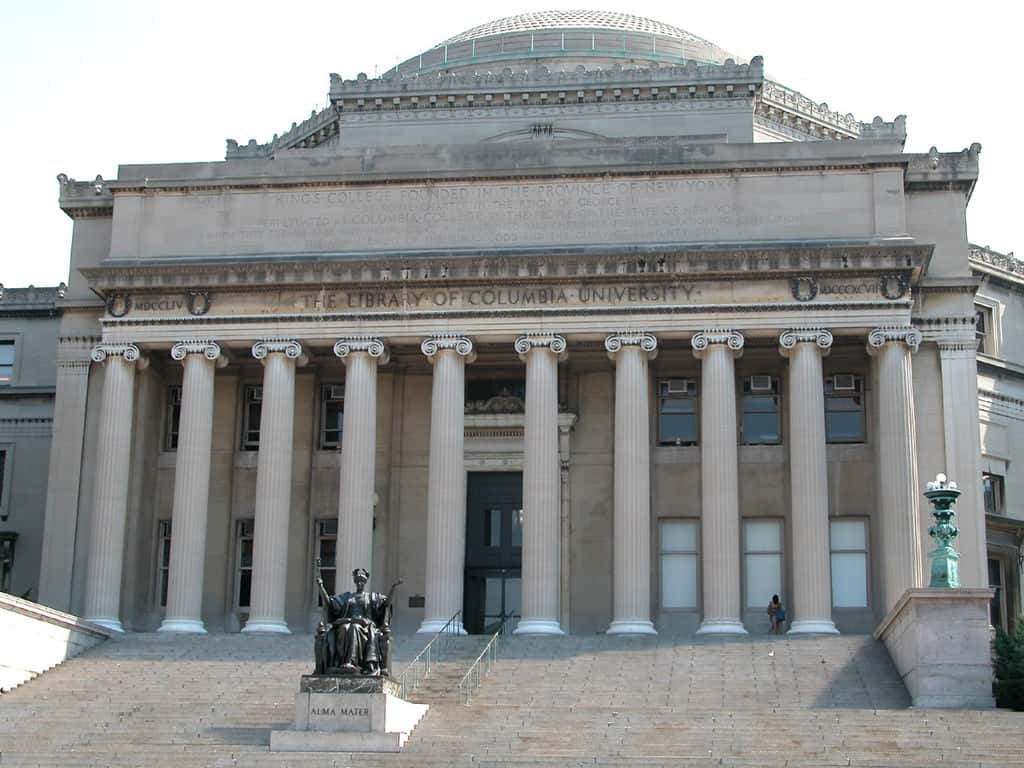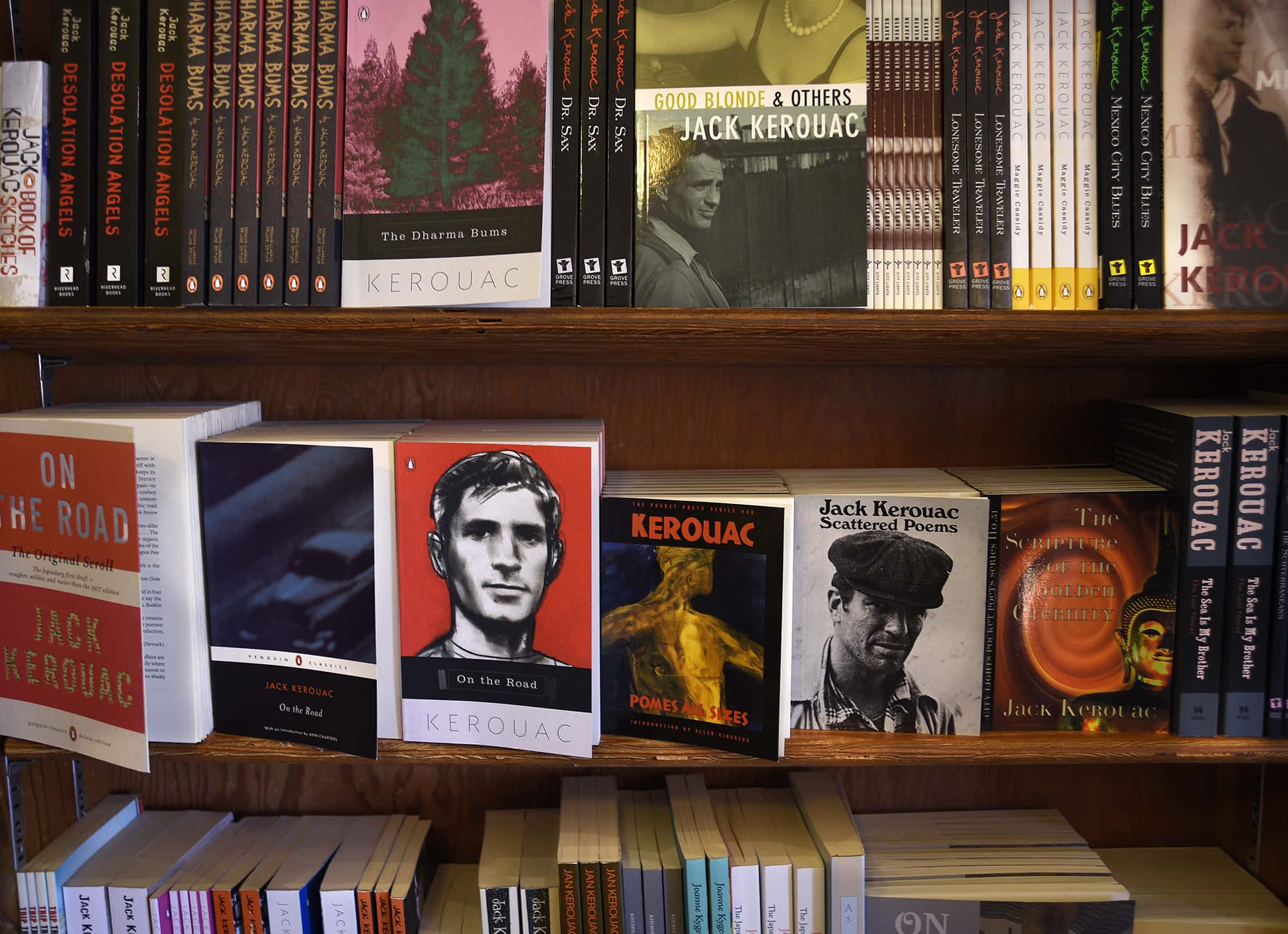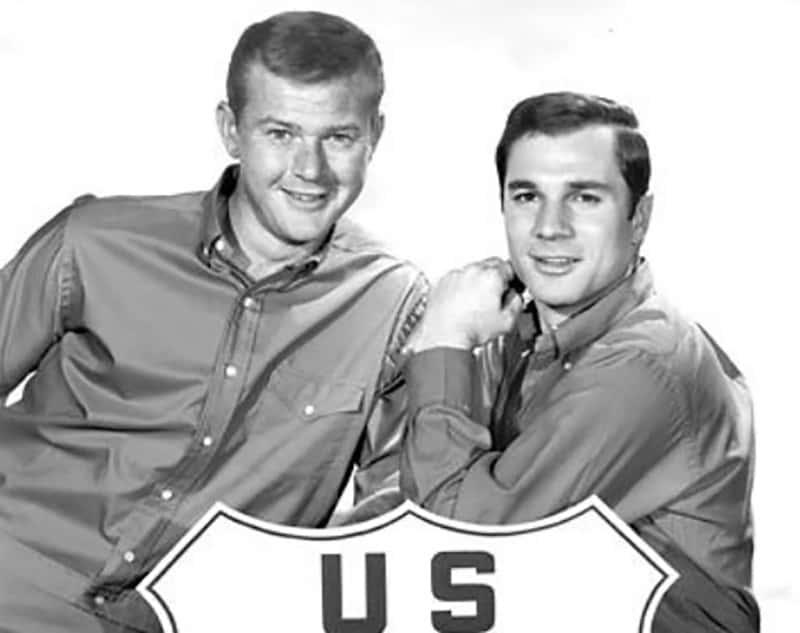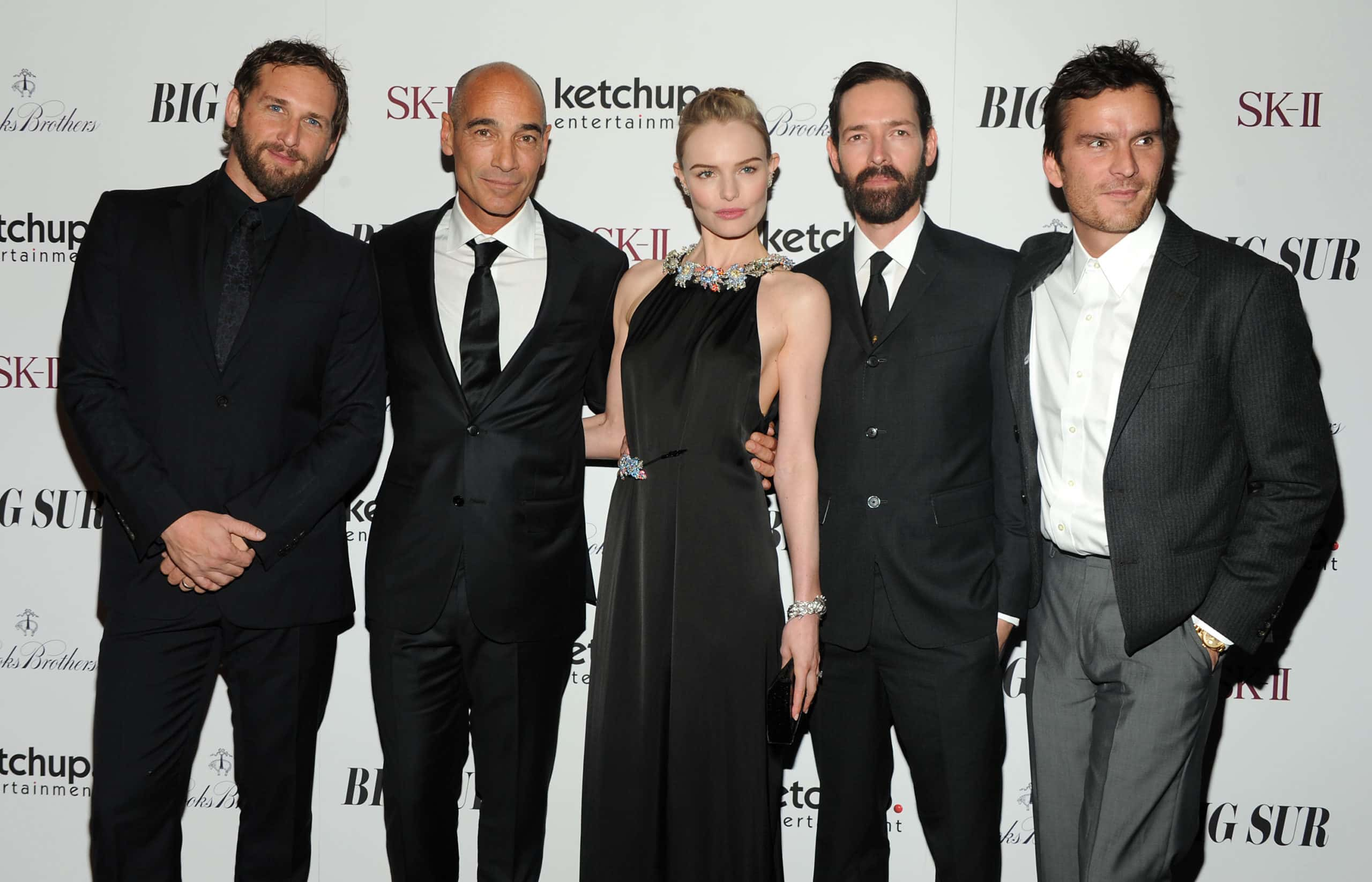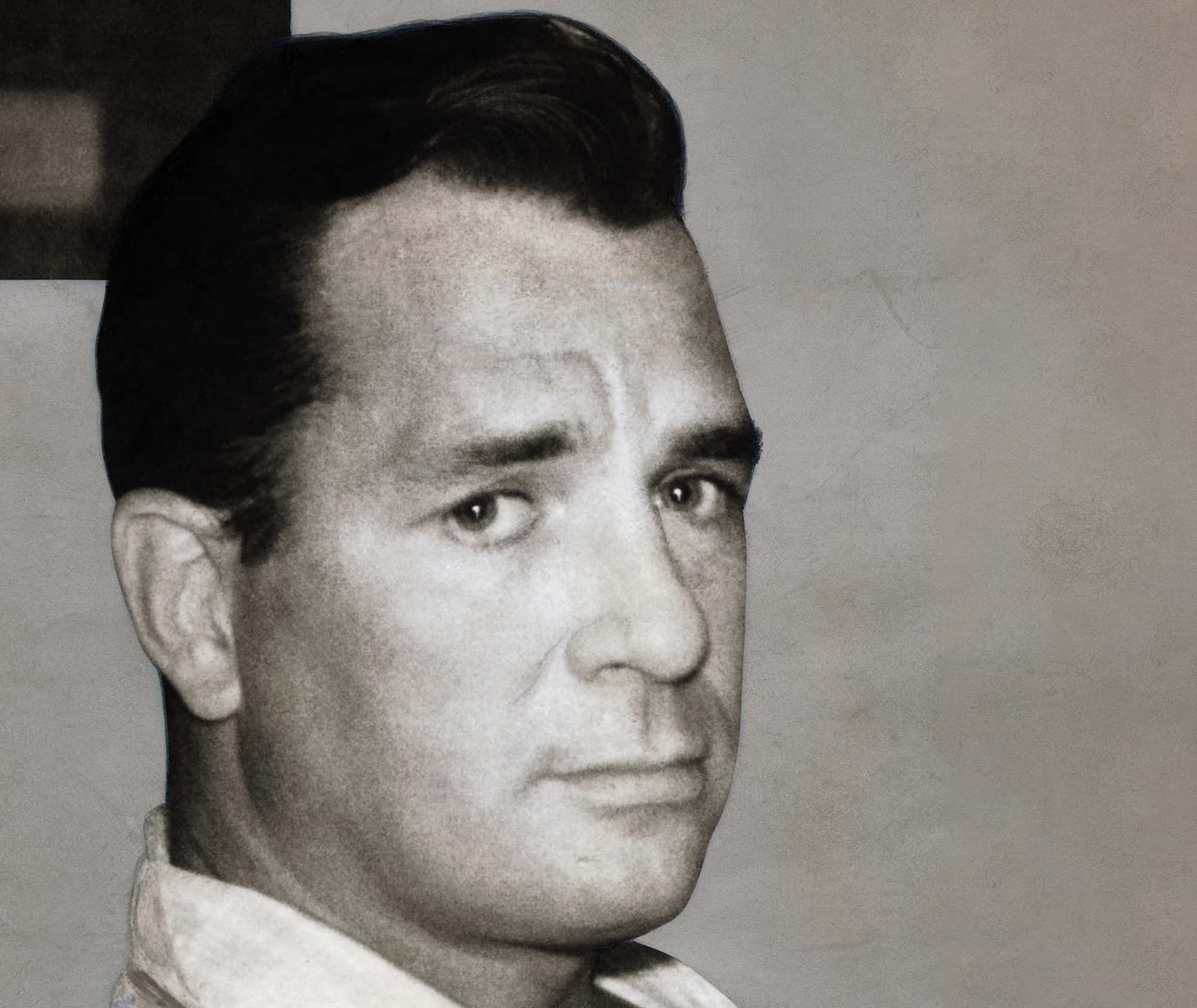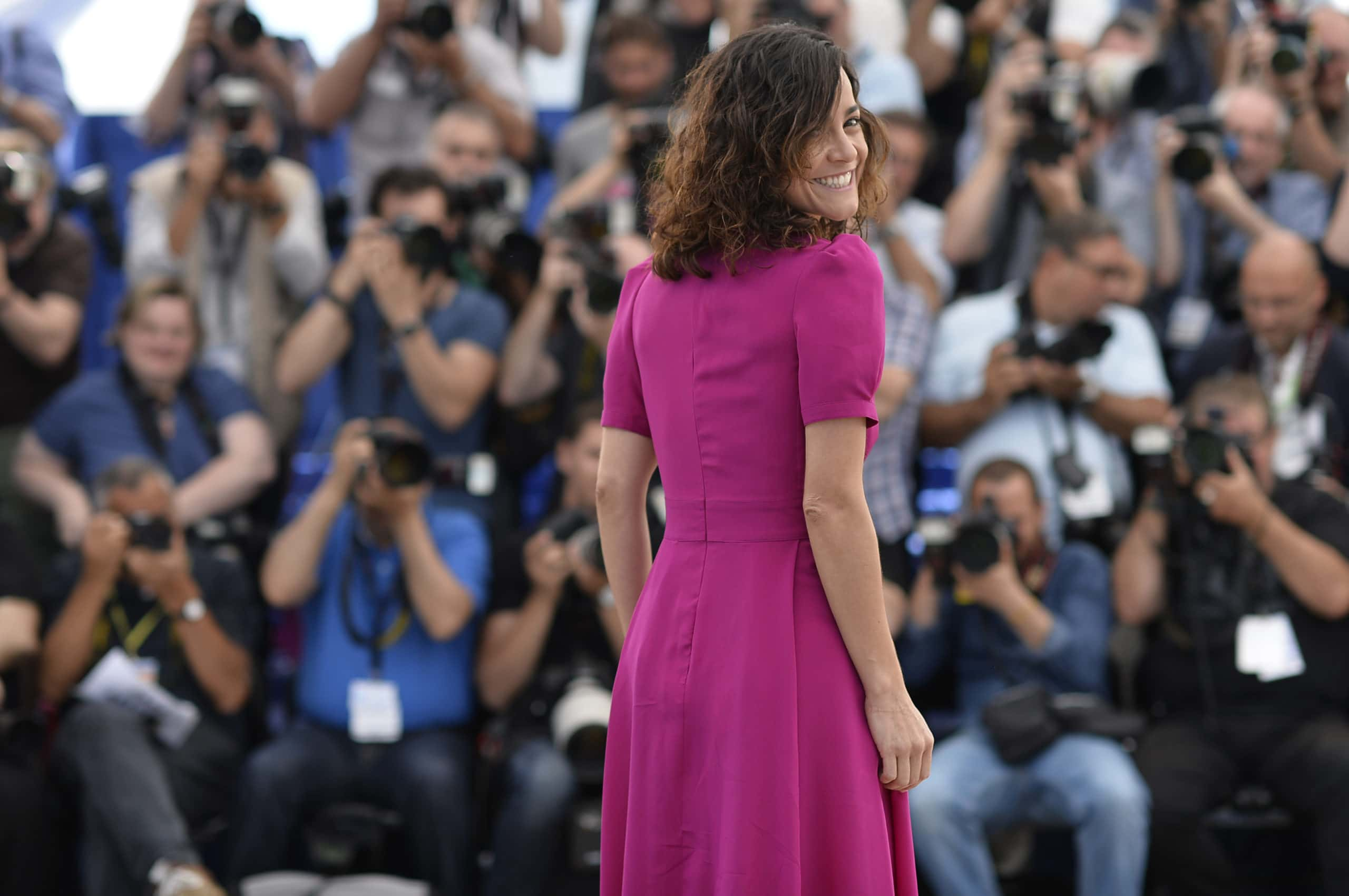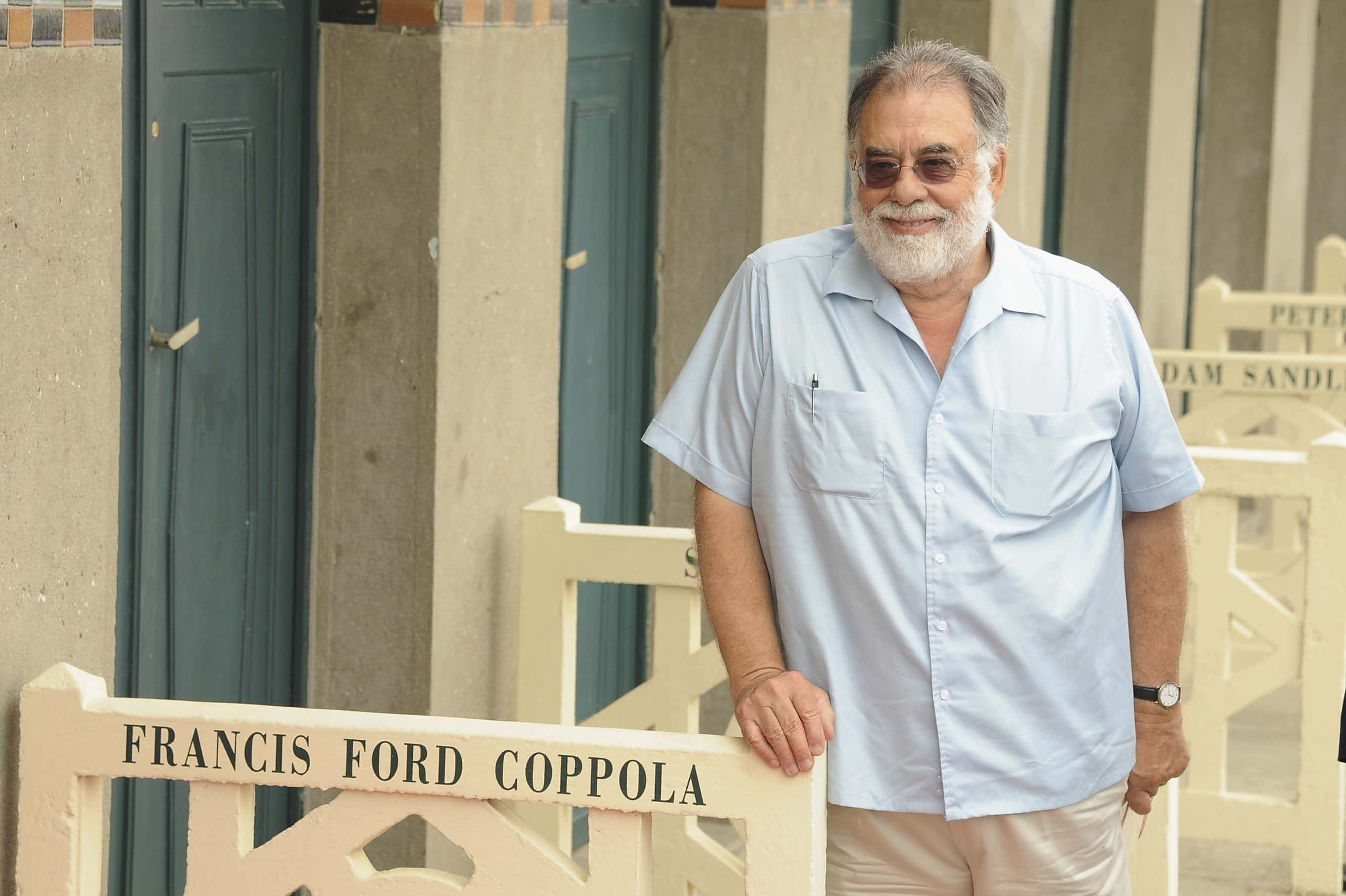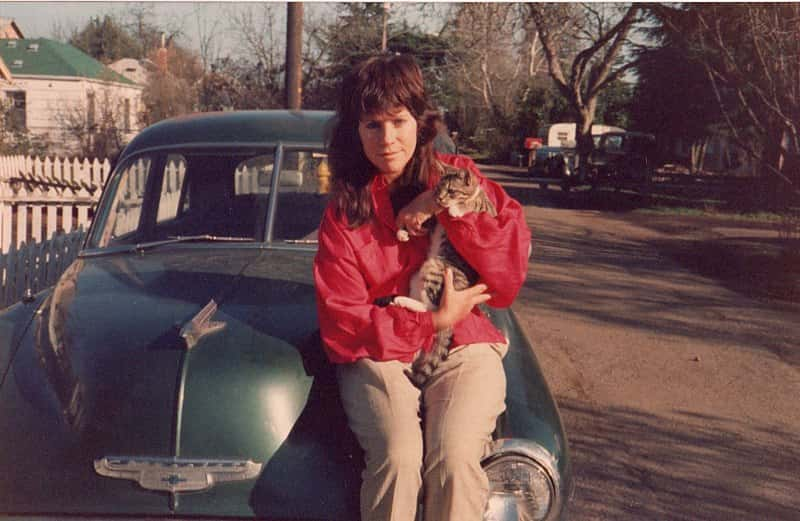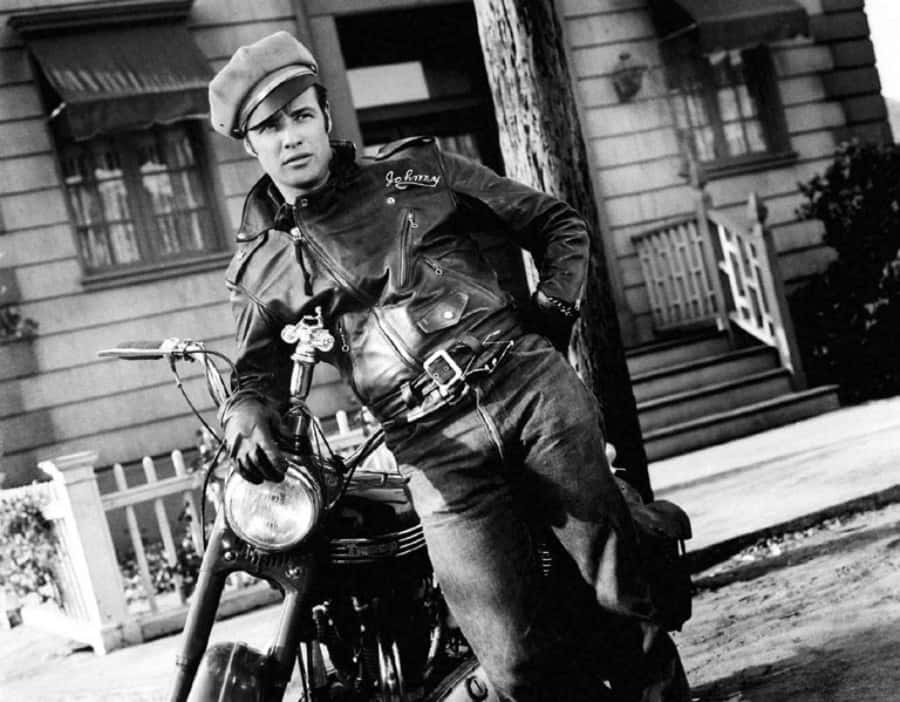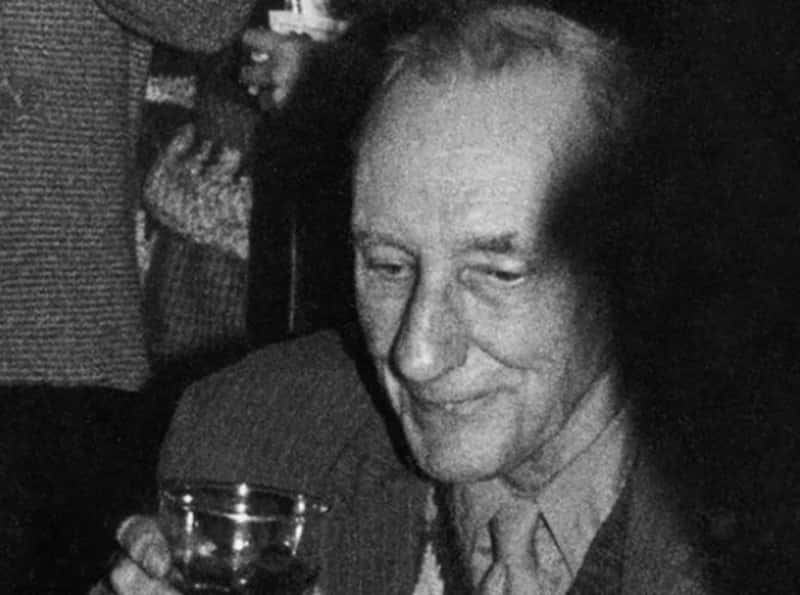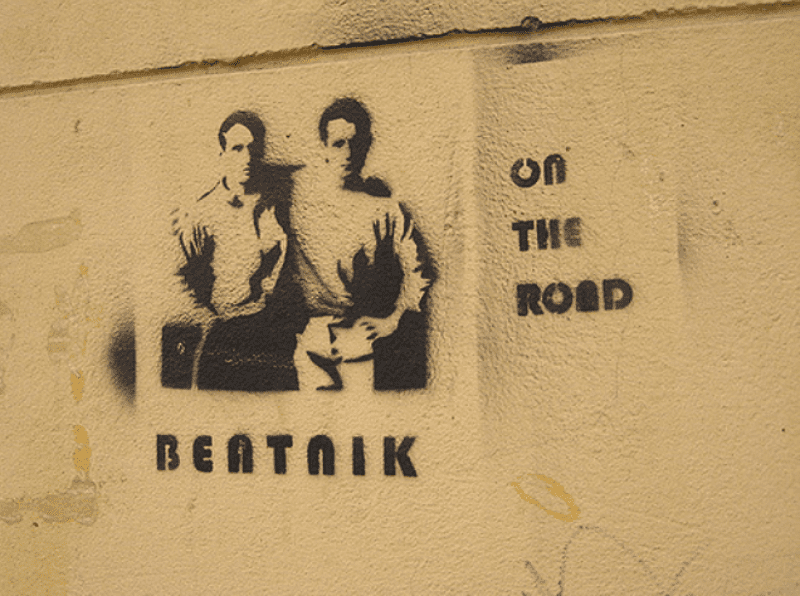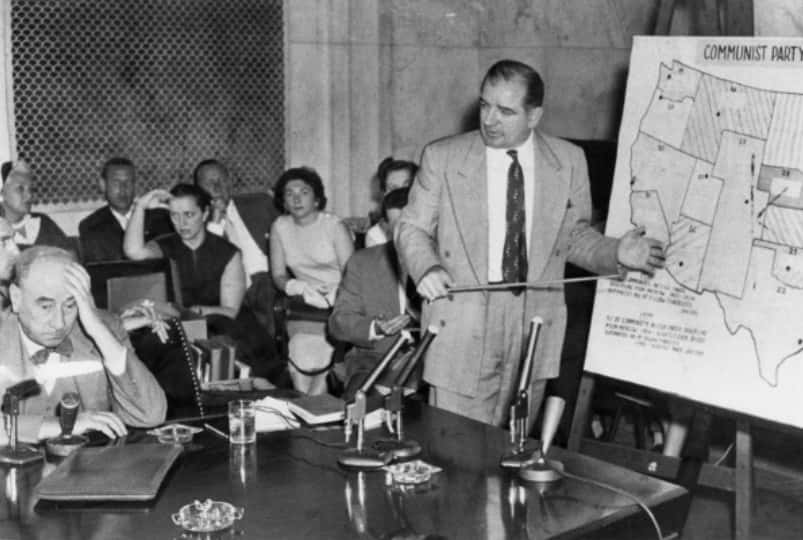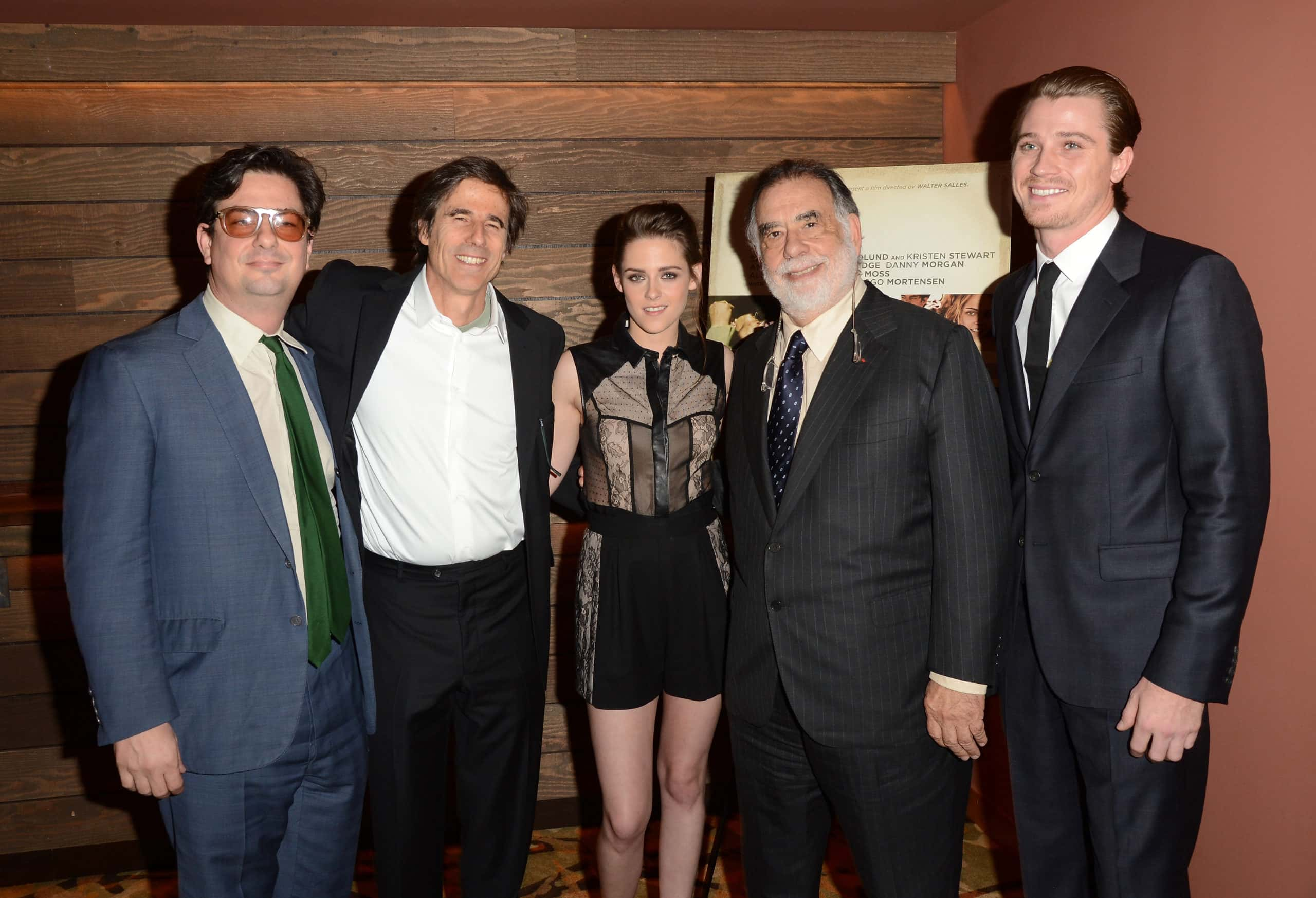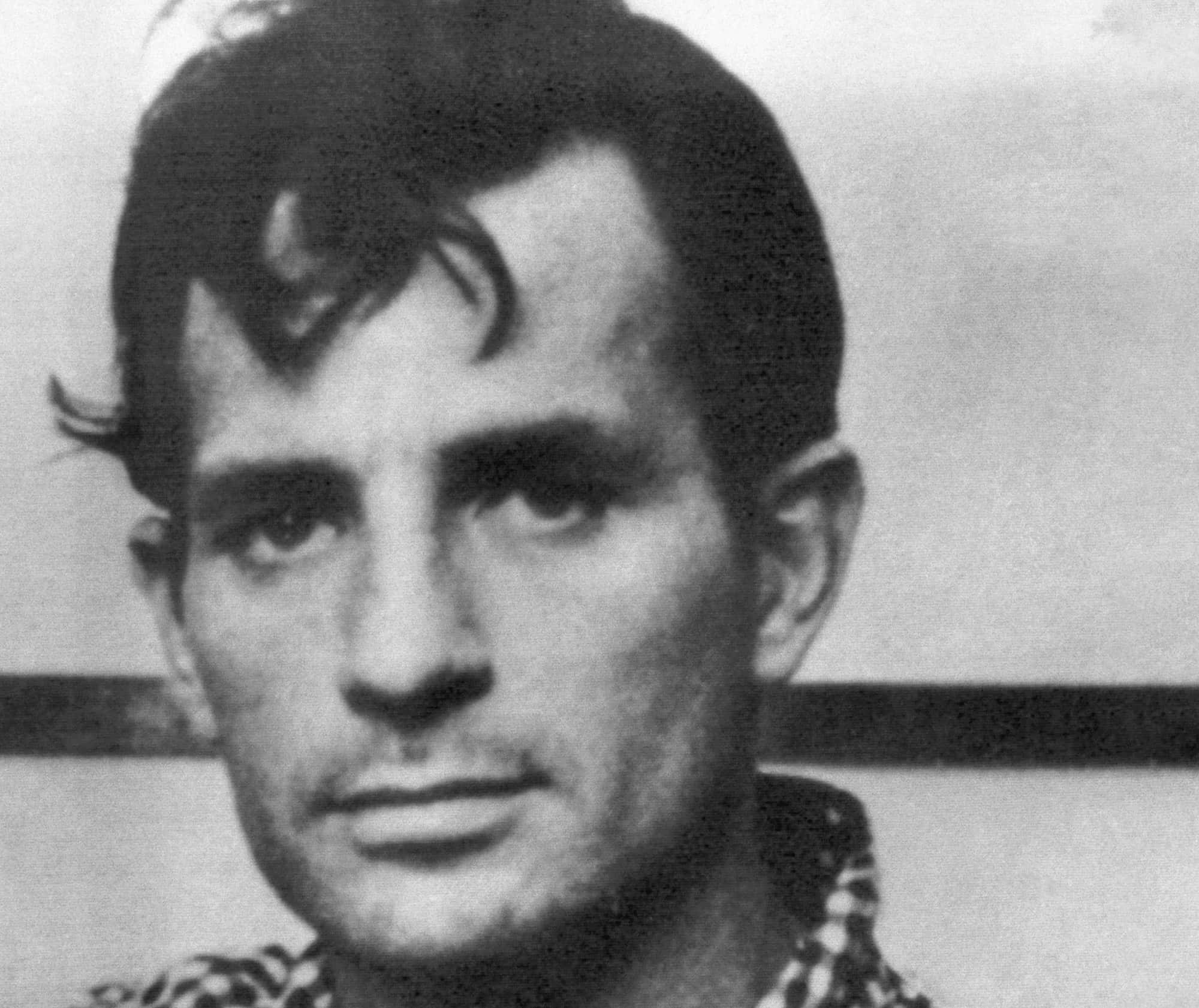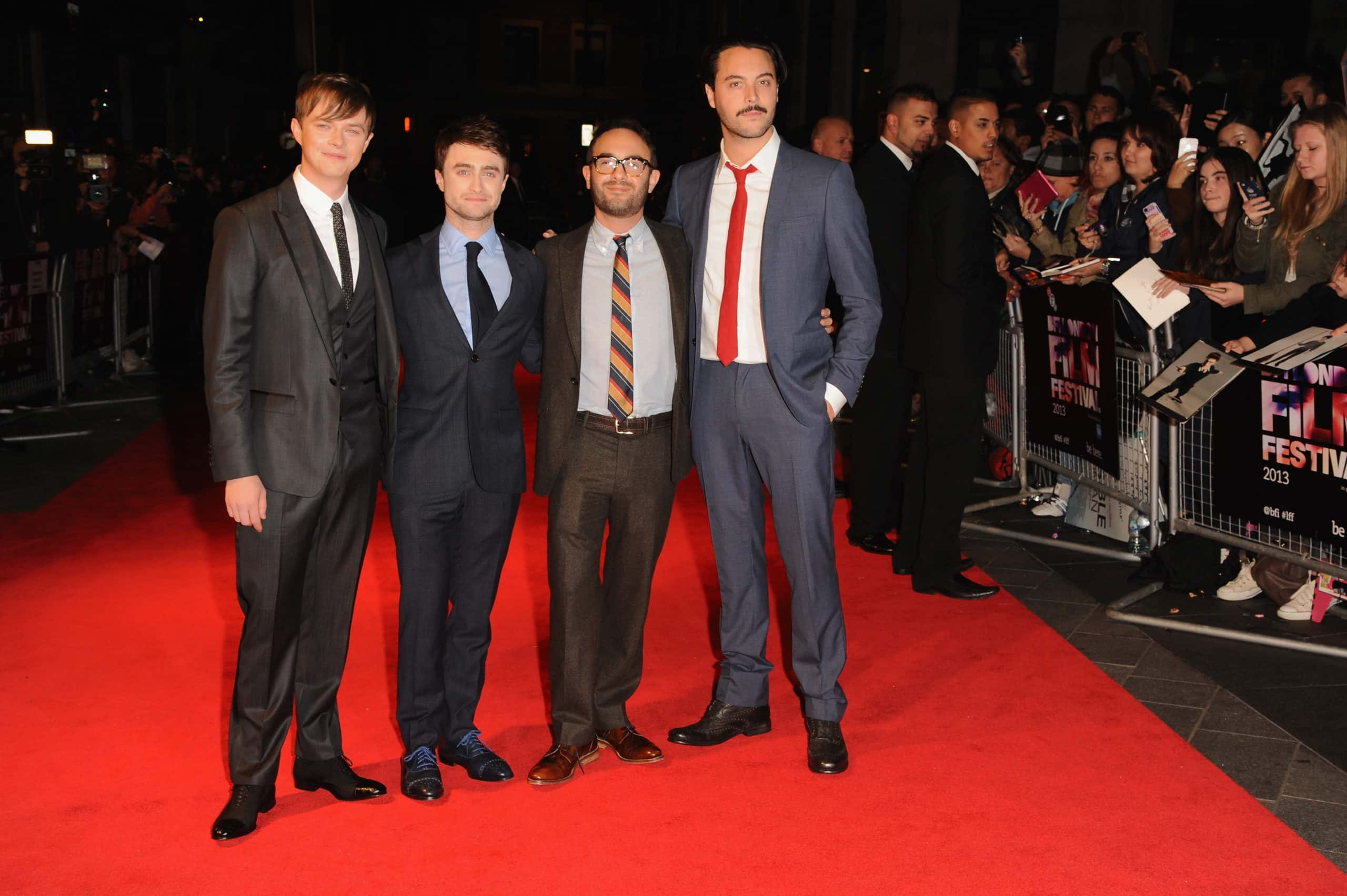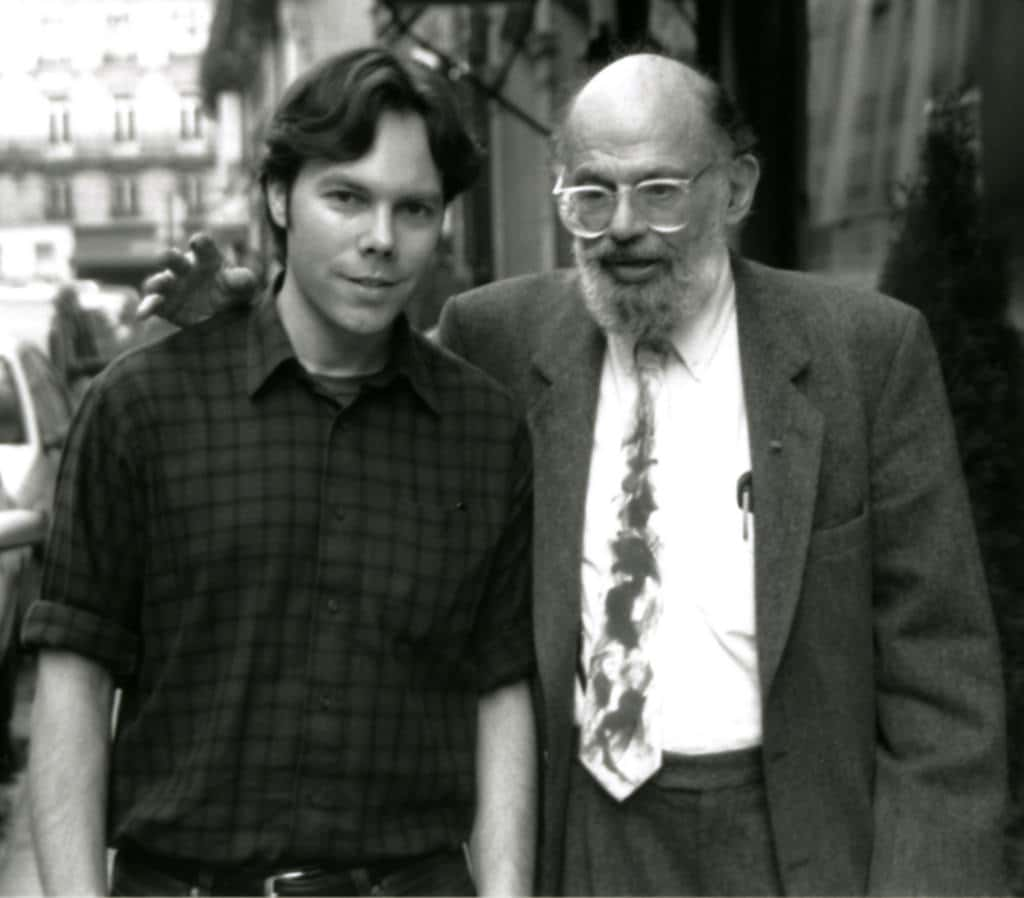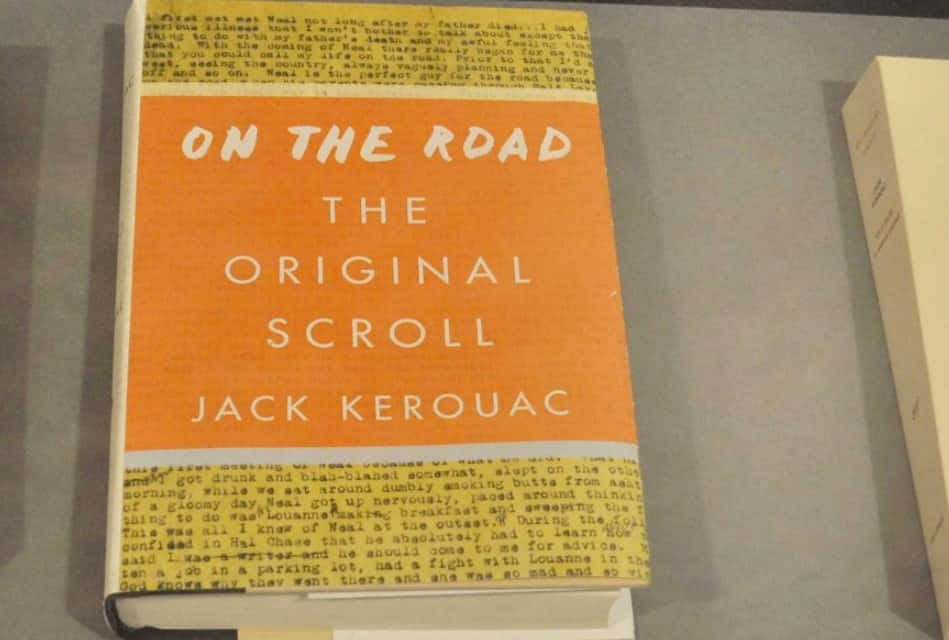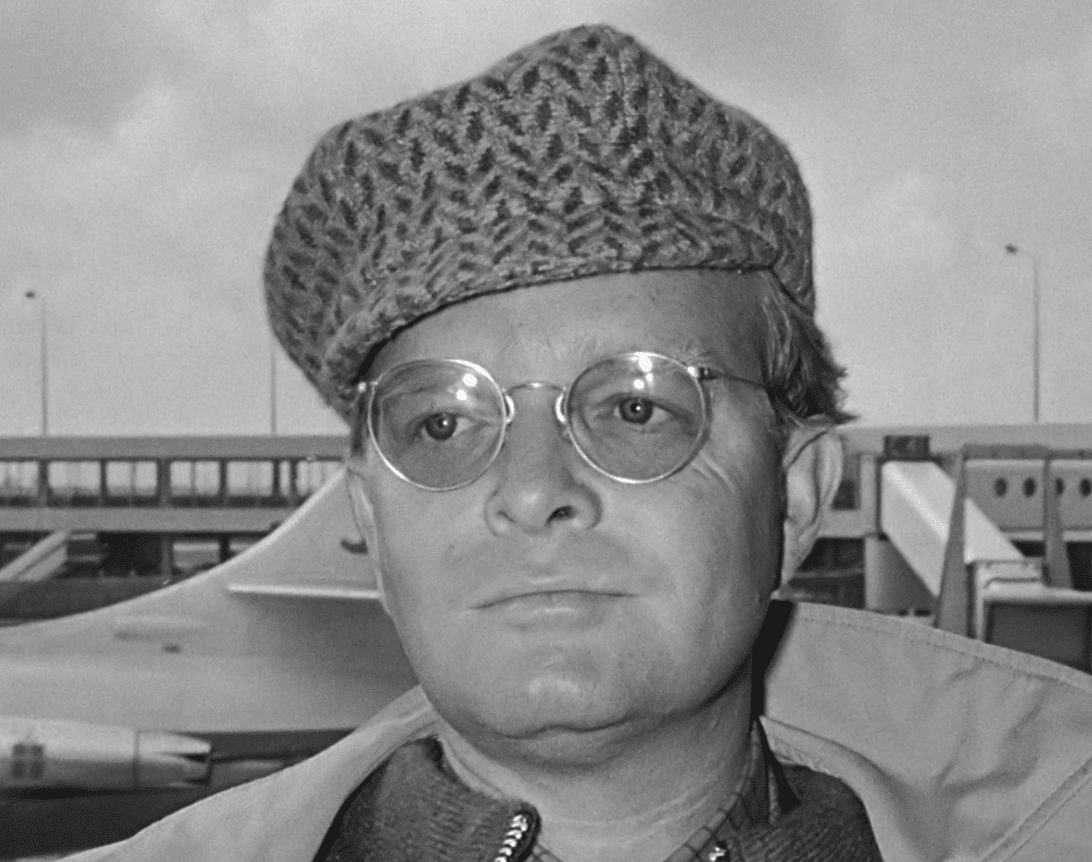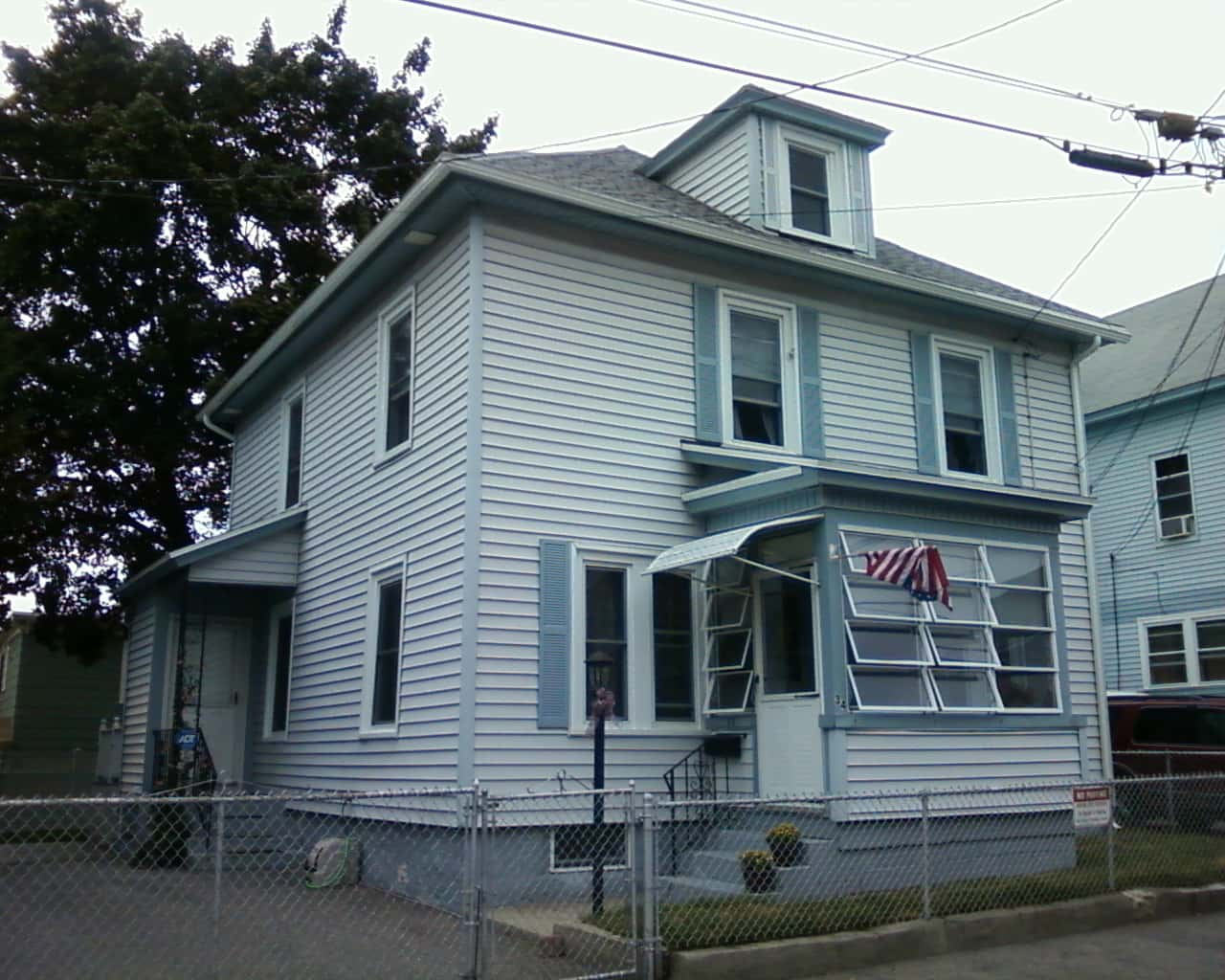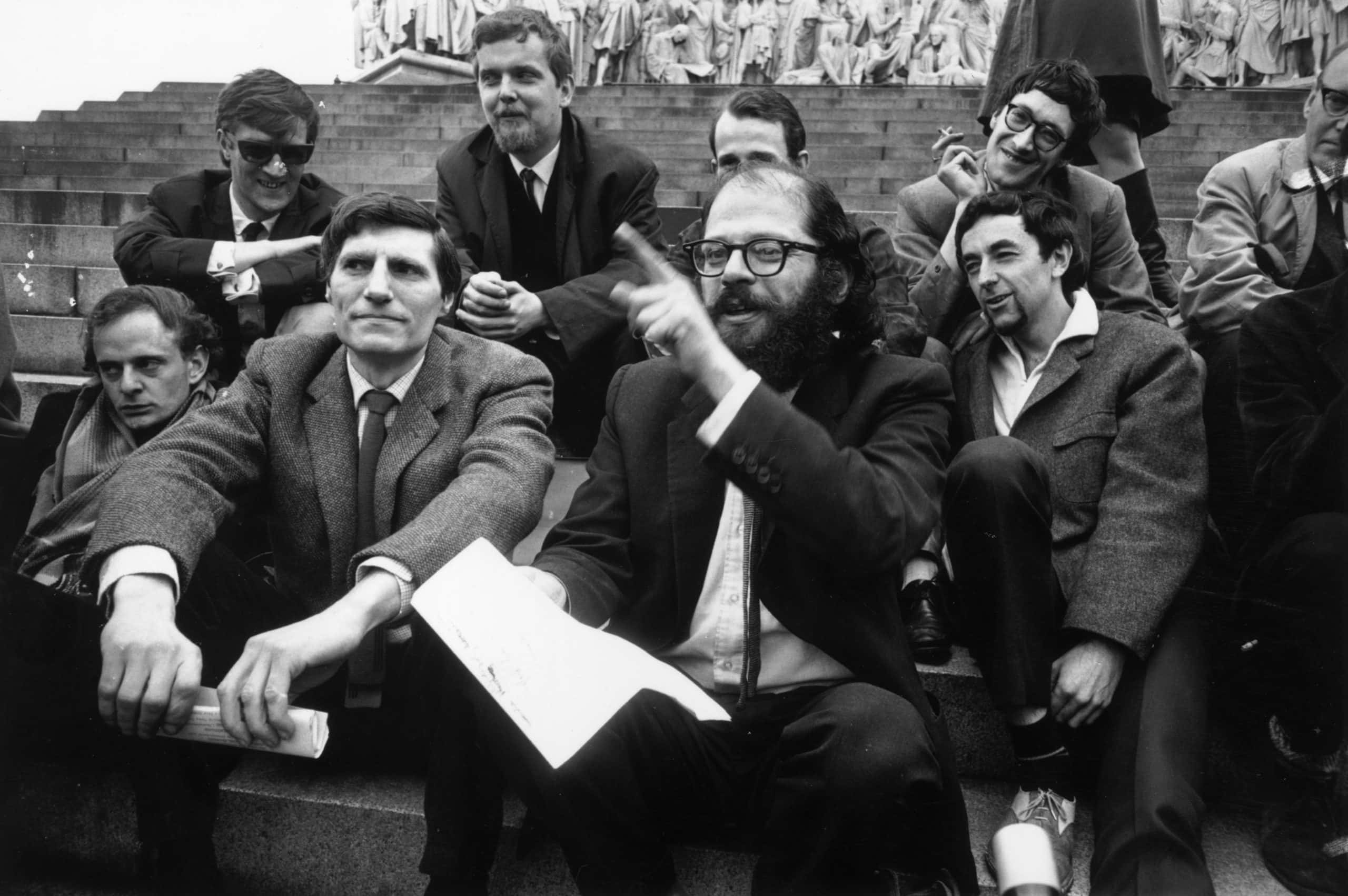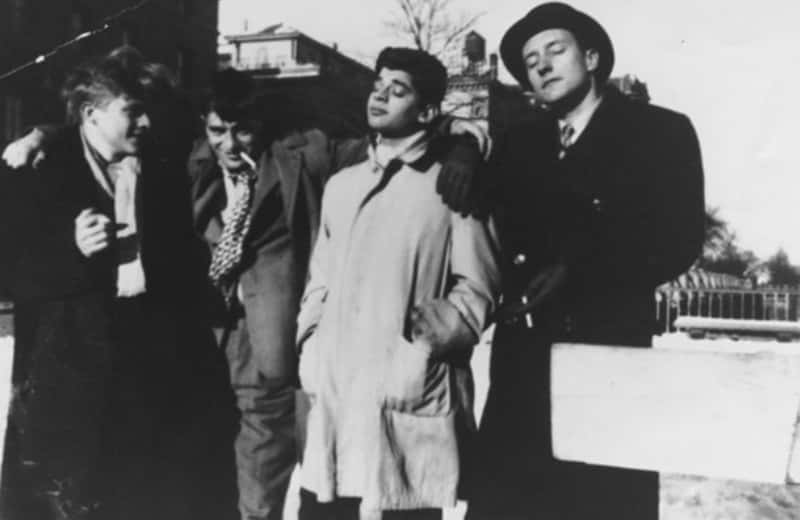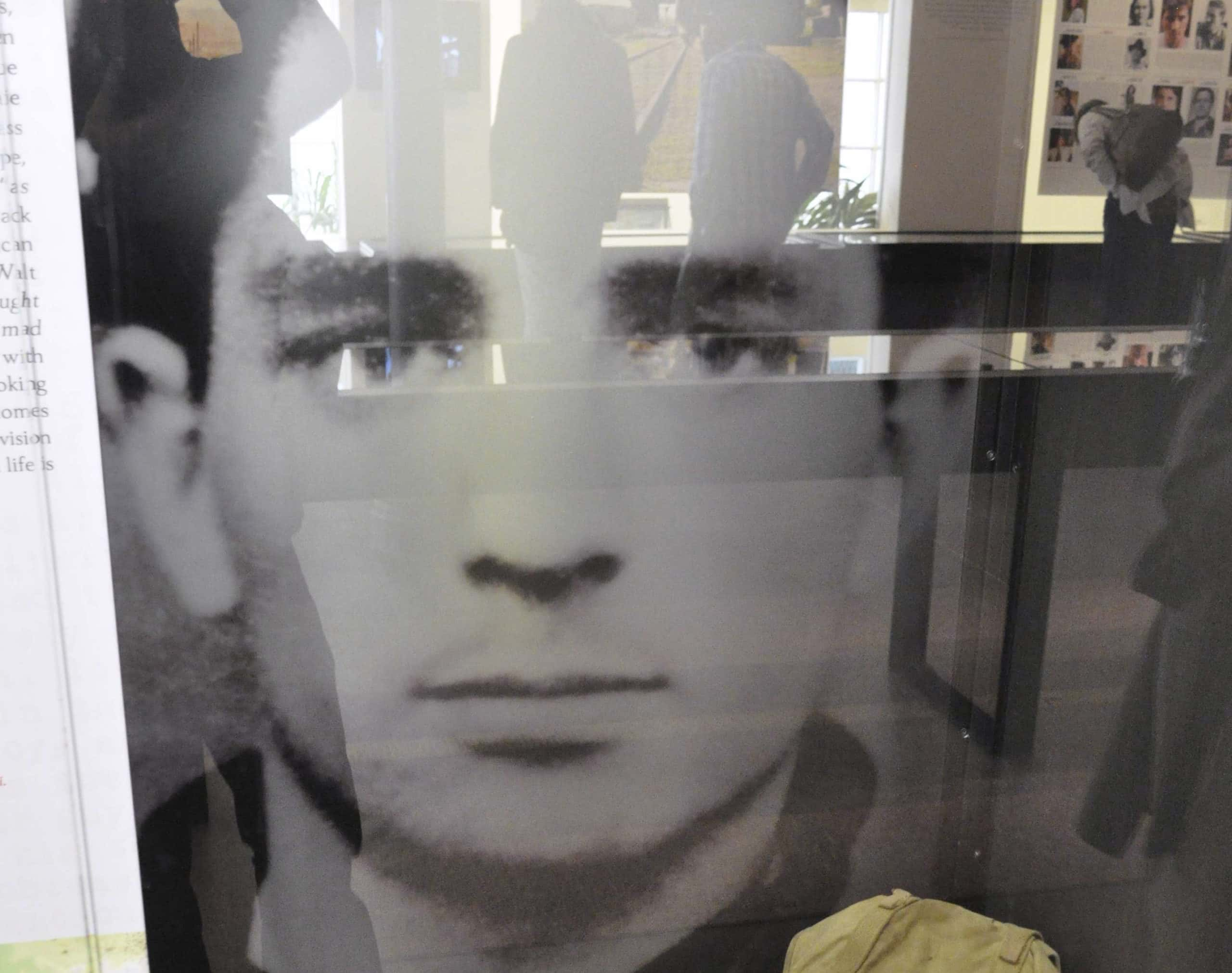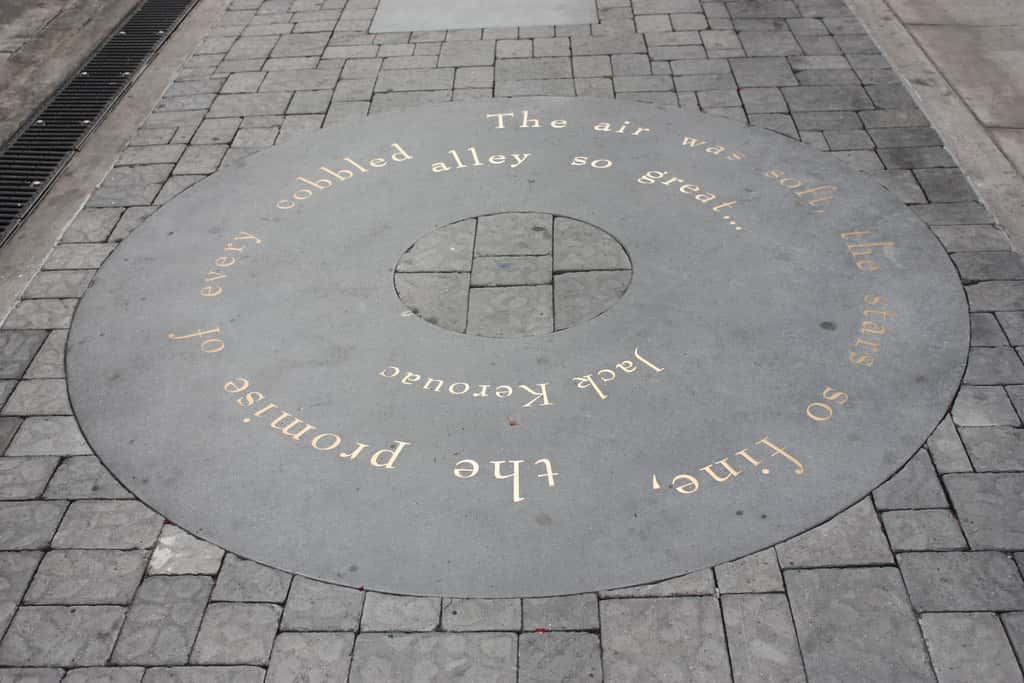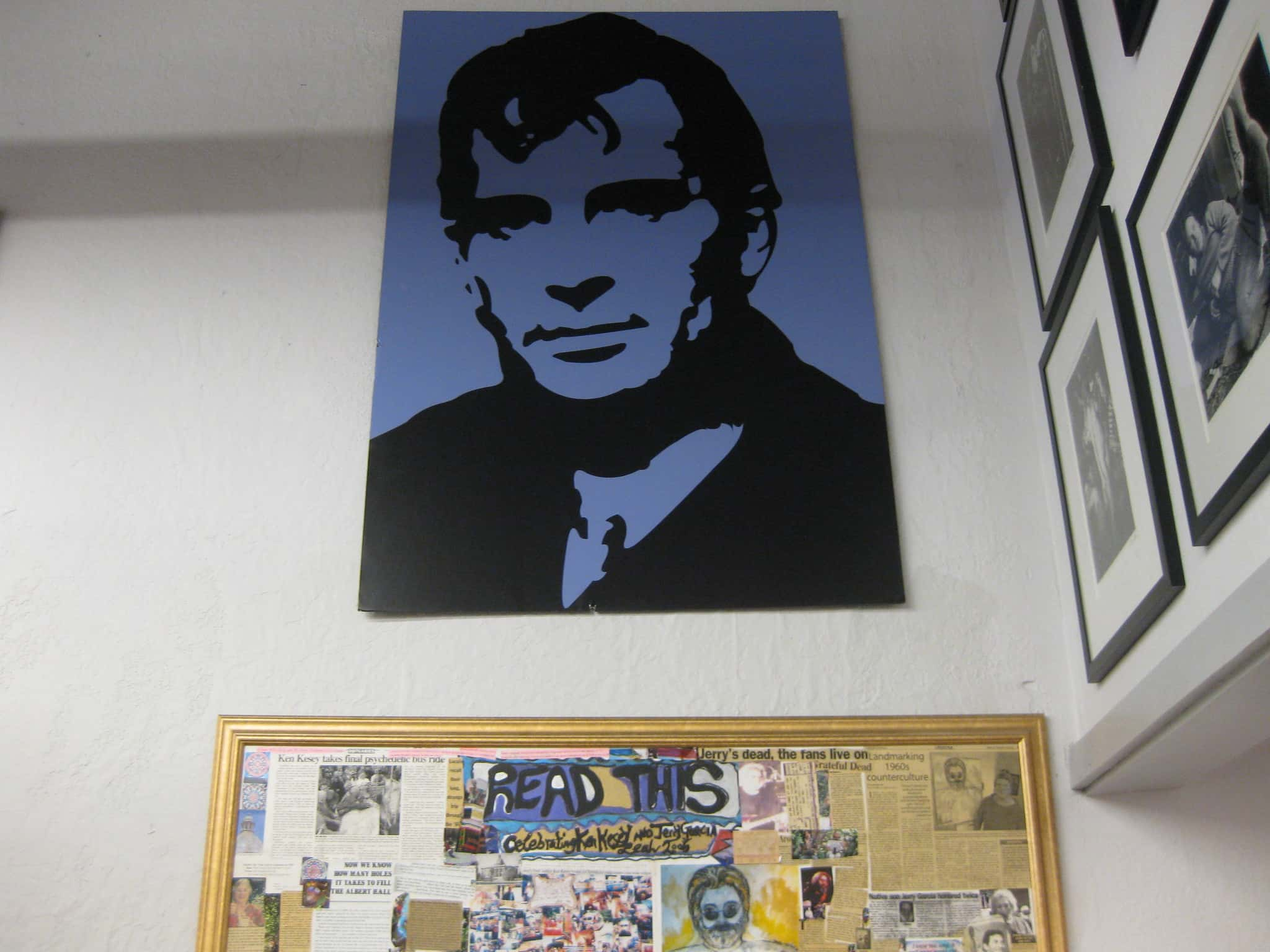Jack Kerouac Facts
Jack Kerouac was one of the Beat Generation’s foremost figures, writing several novels. The most famous book he wrote was, of course, On the Road, which is hailed as being one of the foremost works of Beat literature.
In recent years, there have been several films made featuring Kerouac, or characters from his books which were based on Kerouac himself. But who was this influential author? How did he fit into the stories of the Beat Generation? What did he think of his legacy? Here are 42 little-known facts about Jack Kerouac.
42. With a Side of Maple Syrup
Although he was born in Lowell, Massachusetts on March 12, 1922, Kerouac’s parents were actually French Canadian. Aside from that Canadian connection, his family also had ties to the French region of Brittany and the English region of Cornwall.
41. Late Blooming Writer
Because of his French Canadian background, Kerouac spoke French in his early years. He didn’t start learning English until he was six years old and didn’t get the hang of it until he was a teenager.
Ironically, he would give up his parents’ native tongue for most of his life after that. Near the end of his life, he would even write wistfully to his friend Allen Ginsberg that he wished he could still speak French.
40. Convinced in My Convictions
Despite being a member of the countercultural Beat Generation, Kerouac never abandoned his faith in God or Jesus Christ. He had been raised a strict Catholic as a boy, and though he would study Buddhism to expand his spiritual palate, he remained a faithful Catholic for the rest of his life.
39. Perks of Being Famous
Kerouac wrote his first novel in 1942 when he was serving as a US Merchant Marine. Titled The Sea Is My Brother, the book was a failure, at least as far as Kerouac was concerned. He never made an effort to actually get it published. As a result, it didn’t get published until 2011, which was around 42 years after Kerouac died.
38. My Trips With Neal
Kerouac’s classic novel On the Road came about after a series of road trips between 1947 and 1950 that he took with Beat figure Neal Cassady—who would also be referenced in Allen Ginsberg’s Howl. Kerouac began writing versions of the novel in 1948, but he was unhappy with how it turned out. Then, in 1950, Kerouac received a rambling letter from Cassady which defied traditional structures. This style of writing would inspire Kerouac to try writing On the Road in a similar manner.
37. Failure is Fleeting
It’s a stereotype that artists end up owing their careers to a specific work of art they produce, but this was certainly true with Kerouac and On the Road. Before that book, Kerouac had spent the 1950s pitching his novels to publishing houses with little success.
When On the Road succeeded, this changed everything for Kerouac. Manuscripts that had previously been rejected were reconsidered and published. These included the novels Doctor Sax, Tristessa, and The Subterraneans.
36. Coined by Me
The term “Beat Generation” actually came from Kerouac himself. According to Kerouac, the term “beat” was taken from two of its meanings. One was the slang term meaning “tired”—which makes sense, given how marginalized some of these figures were in their society, the term was fitting.
The second meaning of “beat” was derived from the word “beatific,” which means “blessed.” It’s rather ironic how much Kerouac contributed to the Beat Generation when he would become so disillusioned with it later on in life.
35. Going Once, Going Twice…
In the 1990s, an auction was held selling Kerouac’s memorabilia, which was estimated to be worth between $10-$20 million. This high valuation was proven when actor Johnny Depp purchased Kerouac’s raincoat for $15,000!

History's most fascinating stories and darkest secrets, delivered to your inbox daily.
34. How Do You Spell That?
According to Kerouac himself, his full name was apparently Jean-Louis Lebris de Kérouac. It’s a cool name, but we can see why he shortened it down for his pen name!
33. Posthumous Publishing
Soon after he met Lucien Carr, Allen Ginsberg, and William S. Burroughs at Columbia University in the mid-1940s, Kerouac began his writing fiction based heavily on his real life. He completed the novel Orpheus Emerged in 1945, but it wasn’t discovered until after Kerouac had died. The novel was finally published in 2002.
32. The Best Minds Indeed
In 2010, an indie film titled Howl was released. It detailed the early life of Allen Ginsberg, his famous poem “Howl,” and the obscenity trial which it inspired. Kerouac appears as a minor supporting character, due to the fact that Kerouac is named in Ginsberg’s poem. In the film, he is played by Todd Rotondi.
31. Telling Facts Through Fiction
The first published work by Kerouac was The Town and the City, published in 1950. The book, like nearly all of Kerouac’s subsequent novels, was autobiographical, depicting both his hometown of Lowell in Massachusetts and New York City, with many of his Beat friends making appearances through pseudonyms. This was a literary device Kerouac would later use throughout his career as a writer.
30. What a Failure!
Surprisingly, for such a beloved book as On the Road, it received a rather rapid backlash after its release. It was described by some critics as a “passionate lark” and even a “barbaric yawp.” Admittedly, the lasting legacy of that book has gone on to prove those critics quite wrong.
29. Talk About a Demo Reel!
It is a staple anecdote from Beat lore that Kerouac wrote the first draft of On the Road on a continuous roll of papers that he’d taped together to form a 120-foot manuscript. The process took him three weeks, and he had to do extensive editing before the book was released, but the story remains to inspire any aspiring writer to this day.
28. Jack the Jock
As a youth, Kerouac was a running back on the Lowell High School football team. His talent in the game led him to get scholarship offers from three different post-secondary institutions. He ultimately chose the offer from Columbia University in New York.
27. Glad to Help!
Many musicians from the 1960s would go on to credit Kerouac as an inspiration in their artistry. These include the Doors, Tom Waits, Bob Dylan, and the Beatles.
26. A Rhyming Heart
Aside from his prose writing, Kerouac was also a poet. In his own lifetime, three poetry books (Mexico City Blues, Book of Sketches, and The Scripture of the Golden Eternity) were released under his name. After Kerouac’s death, nine more were eventually published between 1970 and 2012.
25. Theft of Intellectual Property!
From 1960 to 1964, CBS released a television series called Route 66. The series followed two young men driving around the country in a Corvette while taking odd jobs to finance their nomadic lifestyle. Anyone could see that Route 66 was, at best, inspired by On the Road, right down to the fact that the two main protagonists were a brunette and a blond, just like Kerouac and Neal Cassady. Kerouac seriously considered legal action, but was somehow dissuaded from suing.
24. Missed Opportunity
At the time of his death, Kerouac was working on a book which focused on the print shop which his father owned in Lowell, Massachusetts.
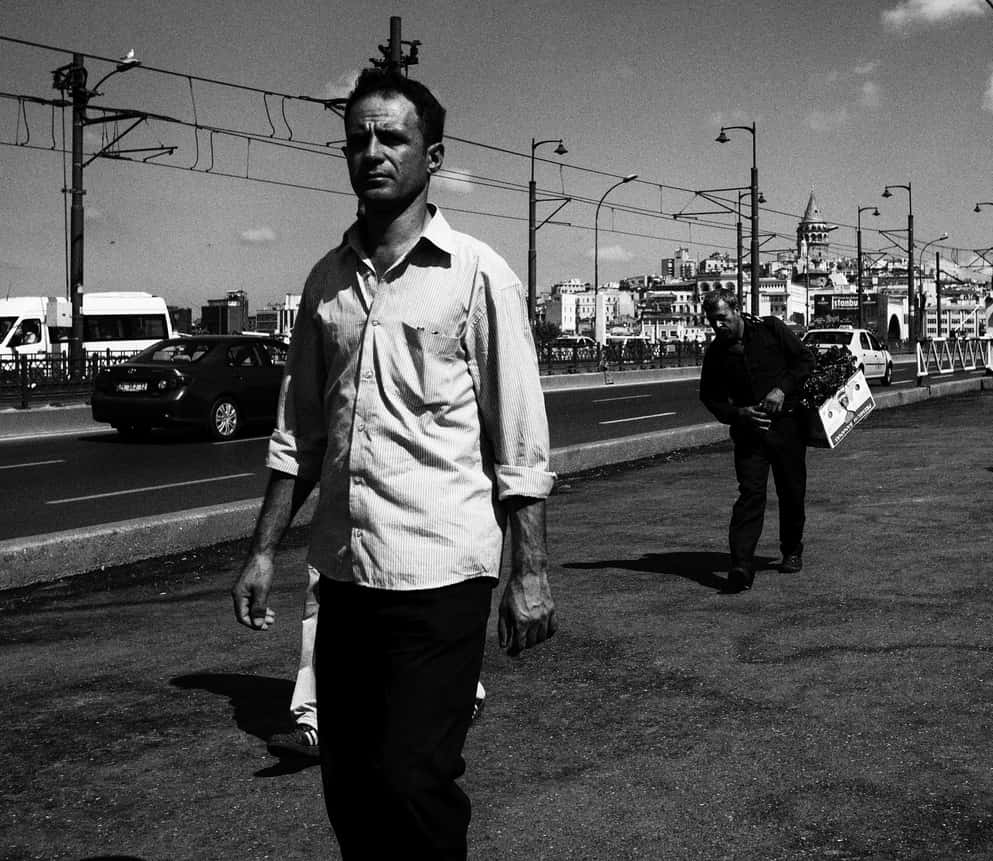 Flickr
Flickr
23. Can’t Win Them All…
In 2013, a film adaptation of Kerouac’s novel Big Sur was released, directed and written by Michael Polish. Kerouac’s protagonist, based loosely on himself, is portrayed onscreen by Jean-Marc Barr. Unfortunately, this film was a financial and critical flop.
22. Thin Skin
For years, Kerouac dabbled in Buddhism while also maintaining his Catholic faith. However, this ended when Kerouac attempted to portray these Buddhist beliefs in his book The Dharma Bums. The book received a lashing from critics, but mostly from Zen teachers Alan Watts and Ruth Fuller Sasaki. Kerouac was so demoralized that he distanced himself from Buddhism for the rest of his life.
21. I’m Famous?
As fans of On the Road might remember, the protagonist, Sal Paradise, is based on Kerouac himself and has a brief affair with a young woman of Mexican background. Known as Terry in the book, her real-life counterpart was a woman named Beatrice Kozera. Amazingly, Kozera never realized that she had become famous in Kerouac’s book until she was tracked down in 2010 by writer Tim Z. Hernandez.
Hernandez would go on to interview Kozera and study her life for two years before releasing a biography of her. Kozera would pass away in 2013 at the age of 92, but that means she might have been able to see the film adaptation of On the Road which came out in 2012 and co-starred Alice Braga as Terry.
20. What Can I Say? I Really Loved Batman & Robin!
Kerouac would never live to see a film adaptation of On the Road, as the idea became stuck in that dreaded region known as “development hell.” Director Francis Ford Coppola bought the rights to the book in 1979, 10 years after Kerouac’s death. He would spend decades trying to get the film made. Actors considered to play one of the two leads included Brad Pitt, Ethan Hawke, Colin Farrell, and Billy Crudup. Coppola also considered hiring Joel Schumacher to direct the film instead of himself.
19. Fond Father?
Kerouac only had one child in his life. Jan Kerouac was born to Kerouac and Joan Haverty, who left Kerouac when she was still pregnant. Kerouac refused to acknowledge Jan as his daughter until a blood test was done when she was nine years old.
18. An Unlikely Obstacle
With a novel as successful and influential as On the Road, it should surprise nobody that Hollywood buzzed with the idea of adapting the novel for the big screen. Contrary to what you might have expected, Kerouac was fully on board with the book being adapted, though he had very specific ideas about who should play the two leads.
In 1957, Kerouac approached legendary actor Marlon Brando with the offer to play Dean Moriarty in the film, while Kerouac himself would play Sal Paradise—how fitting. While Brando never responded to Kerouac, Warner Bros. was interested in buying the rights to the book. However, Kerouac’s agent turned their offer down out of confidence that Paramount would give a better offer. When this didn’t happen, Kerouac was furious.
17. You’re Welcome!
Believe it or not, Kerouac is responsible for coming up with the title of William S. Burroughs’ Naked Lunch. He suggested the title idea to Burroughs, who credited Kerouac with the idea.
16. They’re Not Affiliated with Me!
Contrary to what you might think, Kerouac was no fan of the beatnik movement which was borne out of the Beat Generation’s writing. He hotly denied any association with the beatniks, repulsed by the fame he gained amongst them.
15. Influential Filmmaker
After becoming an established author and poet, Kerouac also worked on a short film. Pull My Daisy was written and narrated by Kerouac, directed by Robert Frank and Alfred Leslie, and starred Allen Ginsberg and Peter Orlovsky, among others.
In true keeping with the Beat Generation’s artistic styles, the majority of the film is improvised, and the story has a spontaneous nature. In 1996, Pull My Daisy was selected for preservation in the United States National Film Registry by the Library of Congress.
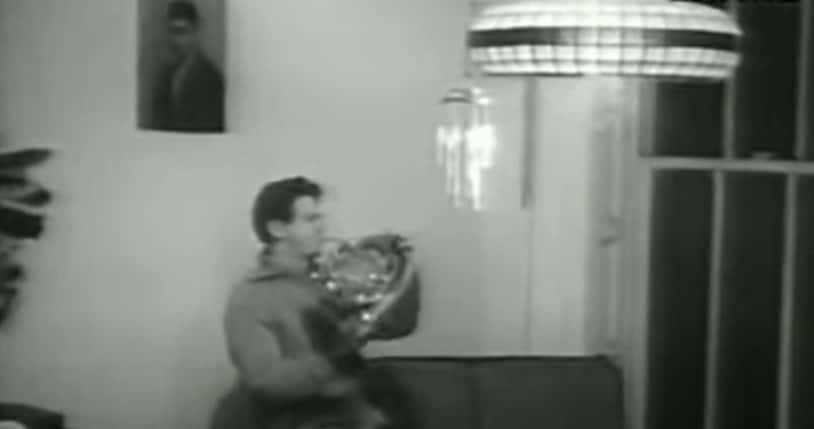 Pull My Daisy (Short 1959), G-String Enterprises
Pull My Daisy (Short 1959), G-String Enterprises
14. When I was Seventeen…
While Kerouac became famous for writing about things that happened to him while he was a young man, he wrote one book about his time in high school. Maggie Cassidy followed Kerouac’s teen romance with Mary Carney, who was renamed Maggie Cassidy in the book. Admittedly, it isn’t the most elaborate pseudonym out there, but it works.
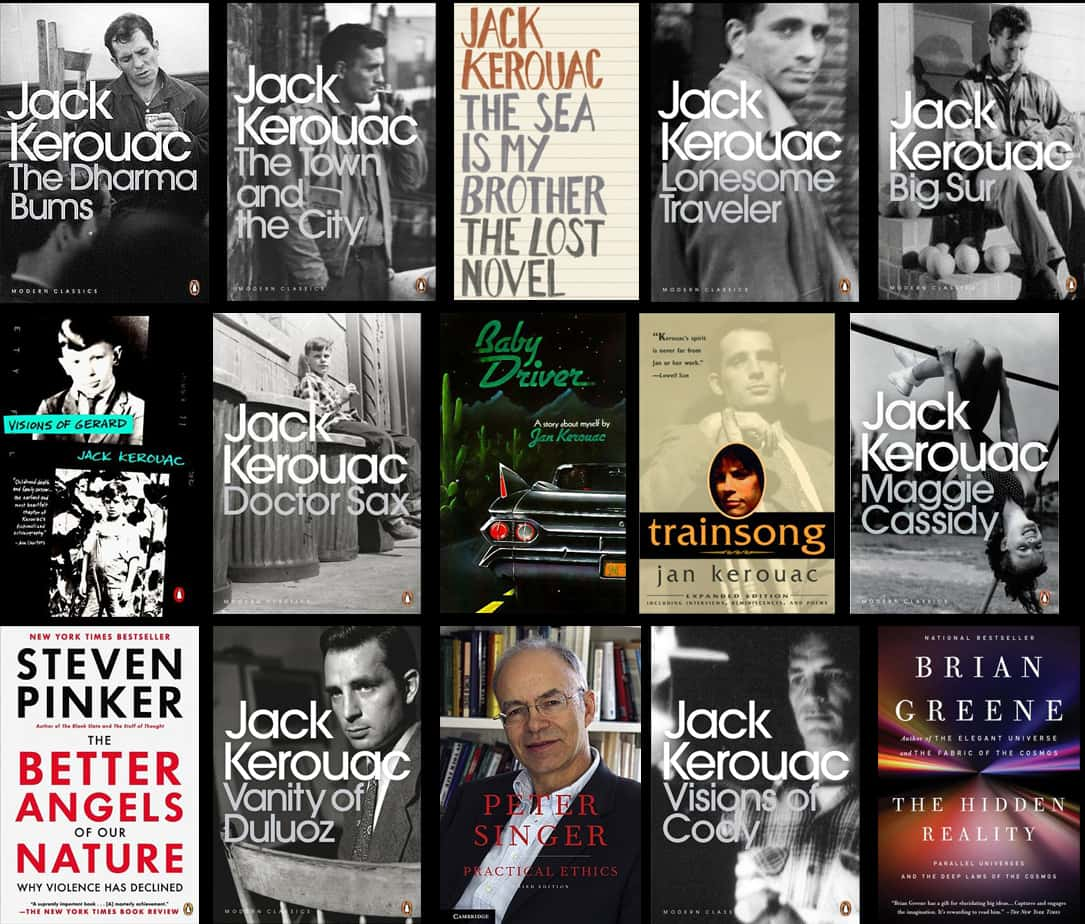 Flickr, Josefine S. (Protected by Pixsy)
Flickr, Josefine S. (Protected by Pixsy)
13. Can’t Please Anyone!
Kerouac turned out to be a highly controversial and polarizing figure, and he faced a lot of criticism from both ends of the political spectrum. People on the right despised him for his substance use—he famously watched the McCarthy Trials while smoking. Meanwhile, some people on the left disliked him for his staunch anti-Communism and devout Catholicism.
12. The Movie Industry Just Isn’t for Me, it Seems…
Kerouac’s On the Road finally saw a film adaptation come to fruition in 2012. Francis Ford Coppola produced the film, Walter Salles directed it, and the film starred Sam Riley as Sal Paradise and Garrett Hedlund as Dean Moriarty. The cast also included performances from Viggo Mortensen, Kristen Stewart, Amy Adams, and Kirsten Dunst. Sadly, the film was given a mixed response and it failed to make its money back at the box office.
11. My Poor Beauty
In the summer of 1955, Kerouac wrote a novella about his relationship with a prostitute in Mexico named Esperanza. However, Kerouac renamed her Tristessa, and titled the book after her pseudonym. The book also included passages about Kerouac’s budding Buddhism, in between depicting the harsh, tragic life of Tristessa as she is in the grips of an addiction to morphine.
10. Can I Look Handsome for Once?
The early exploits of the Beat Generation and the scandal around Lucien Carr and David Kammerer was adapted into a film titled Kill Your Darlings. As can be expected, Kerouac appears as a supporting character. He is played by actor Jack Huston, whom you might remember as Richard Harrow in Boardwalk Empire.
9. Not the Whitewashing Again…
Kerouac’s 1958 book The Subterraneans was a loose re-telling of a relationship he had in 1953 with a woman named Alene Lee in Greenwich Village, which was where the Beats would frequently hang out. A film adaptation was made of the book in 1960, but due to the racism of the time, the character based on Lee was changed from a black woman to a white woman from France. This change infuriated many, including Allen Ginsberg, who also criticized the way that Hollywood was lazily trying to exploit the counterculture movement. Luckily for Ginsberg, the film was a box office failure.
8. All I Did was Write a Book!
While On the Road made Kerouac famous, his position as the foremost member of the Beat Generation came with a sinister side as well. On one occasion, Kerouac was attacked by three men after he left the San Remo Café in New York City. The beating he received was so serious that Kerouac considered it unsafe for him to be out in public after that.
7. Buzz Off, Truman!
Interestingly, one man who wasn’t a fan of Kerouac’s work was American writer Truman Capote. In an infamous criticism of Kerouac, Capote declared that his artistic style “[wasn’t] writing, it’s typing.” Ouch…
6. Big Brother’s Watching You
When Kerouac was just four years old, his older brother Gerard passed away due to rheumatic fever. Kerouac was forever haunted by this early tragedy, and firmly believed that Gerard remained in his life as a guardian angel watching over him. Gerard would later get the Kerouac book treatment with the 1963 book Visions of Gerard.
5. Crazy Kammerer
In 1944, Kerouac was just 22 and he was nearing the end of his career as a sailor when he was introduced by his then-girlfriend Edie Parker to other writers of the Beat Generation. Namely, he was introduced to Allen Ginsberg, William S. Burroughs, and Lucien Carr. Carr, in particular, would prove very important and controversial with his relationship with fellow writer David Kammerer. Kammerer was said to stalk Carr regularly, much to Carr’s increased frustration. Kammerer became unstable and was even caught by Burroughs while trying to hang Kerouac’s cat!
4. This Took a Turn…
As you can imagine, David Kammerer’s behavior towards Lucien Carr and the other Beats was well noted as being unhinged. Things took a dark turn in August 1944.
The two young men went out for a drink, and when they parted ways, Carr was approached by Kammerer. It is uncertain what exactly happened, but what we do know happened was that Carr stabbed Kammerer to death and hid his body in the Hudson River after weighing it down.
When Kerouac found out what Carr did, he helped Carr hide the murder weapon and took the traumatized Carr to the movies and the Museum of Modern Art.
3. How Romantic…
Eventually, that same month in 1944, Lucien Carr approached police and confessed his role in killing David Kammerer as a reaction against an advance that Kammerer had made. Carr was arrested, as was Kerouac. Kerouac was identified as a material witness, and his father famously refused to pay bail to get his son out of prison.
It was actually the parents of Edie Parker who paid for Kerouac’s bail, on the condition that he marry their daughter. Kerouac agreed, and duly married Parker, with police detectives as witness to the ceremony. The marriage lasted until it was annulled in 1948.
2. Drink Was the Death of Him
Kerouac died on October 21, 1969, at the age of 47. The day before, he had begun vomiting blood while working on a book and checked himself into a hospital. After several blood transfusions, doctors attempted surgery to treat an abdominal hemorrhage, but because of years of alcoholism, Kerouac’s liver was too damaged to allow his blood to clot. Internal hemorrhage due to cirrhosis was listed as his cause of death. Neal Cassady, his longtime traveling partner, died just the previous year.
1. Based on a True Story
As you can imagine, the killing of David Kammerer by Lucien Carr was such a shocking event that it was just asking to be written about. Kerouac wrote about the event in his novel The Vanity of Duluoz and collaborated with William S. Burroughs on another novel titled And the Hippos Were Boiled in Their Tanks. In the case of the latter, it wasn’t published in either Burroughs or Kerouac’s lifetimes.
Sources: 1, 2, 3, 4, 5, 6, 7, 8, 9, 10, 11, 12, 13, 14, 15, 16, 17

